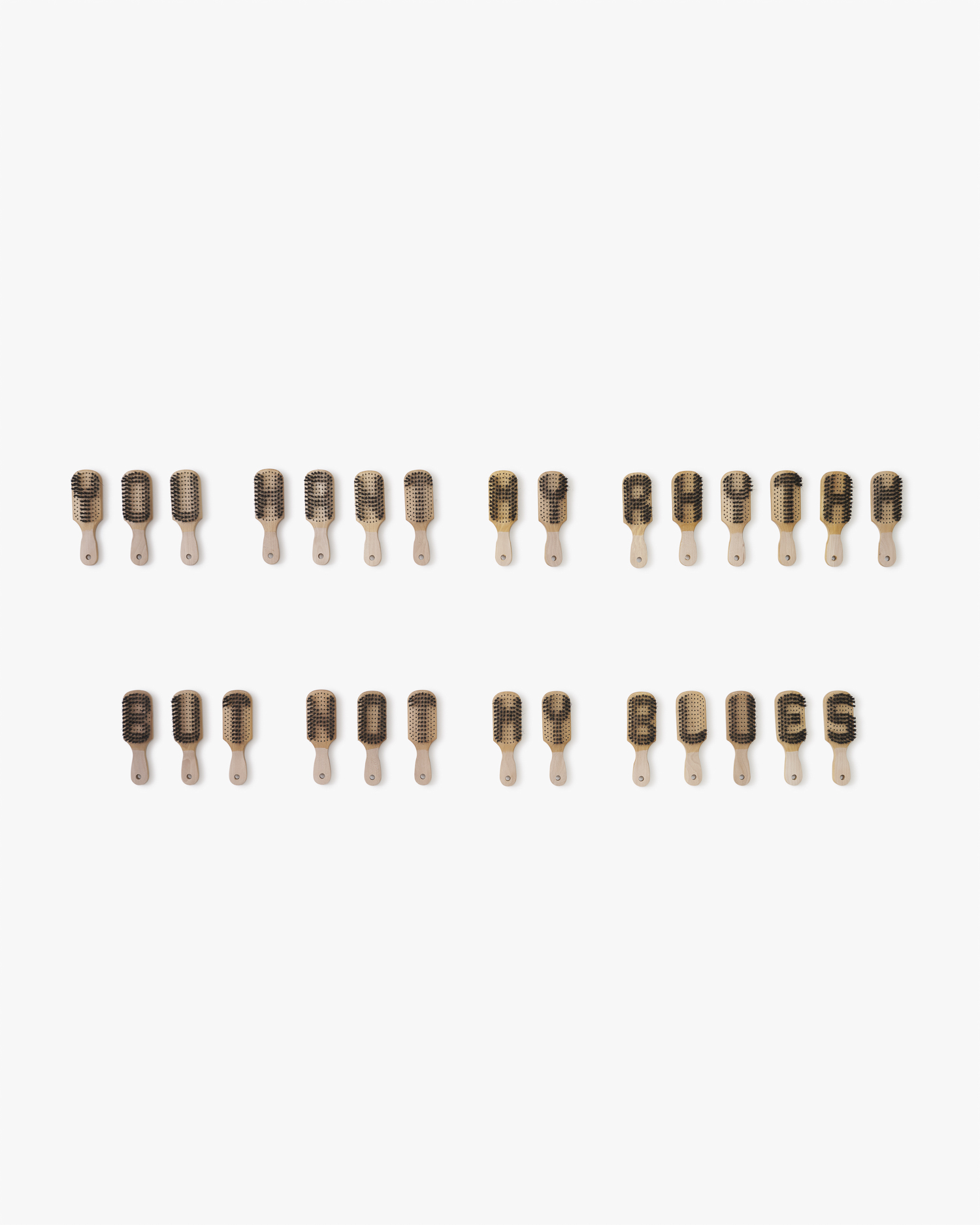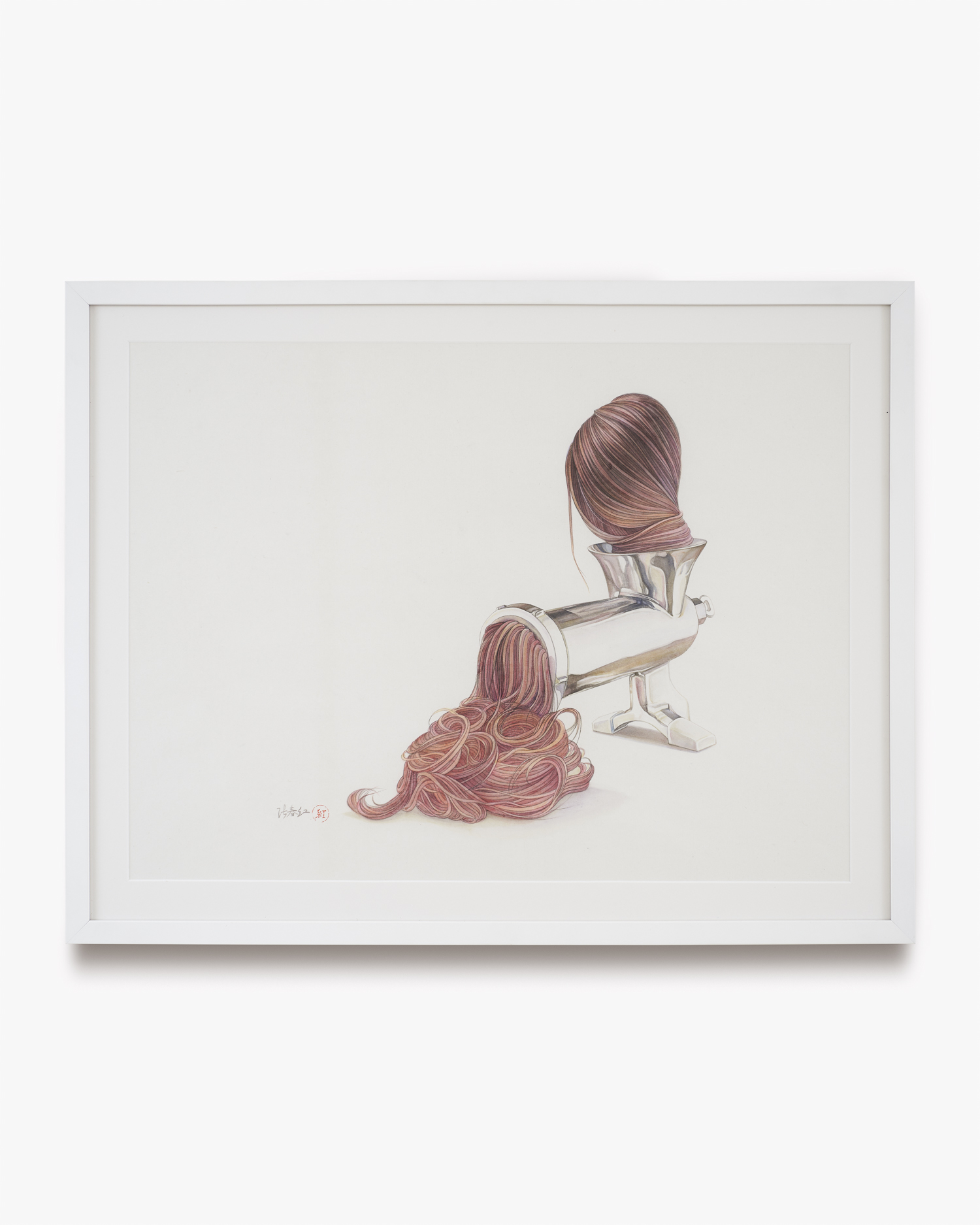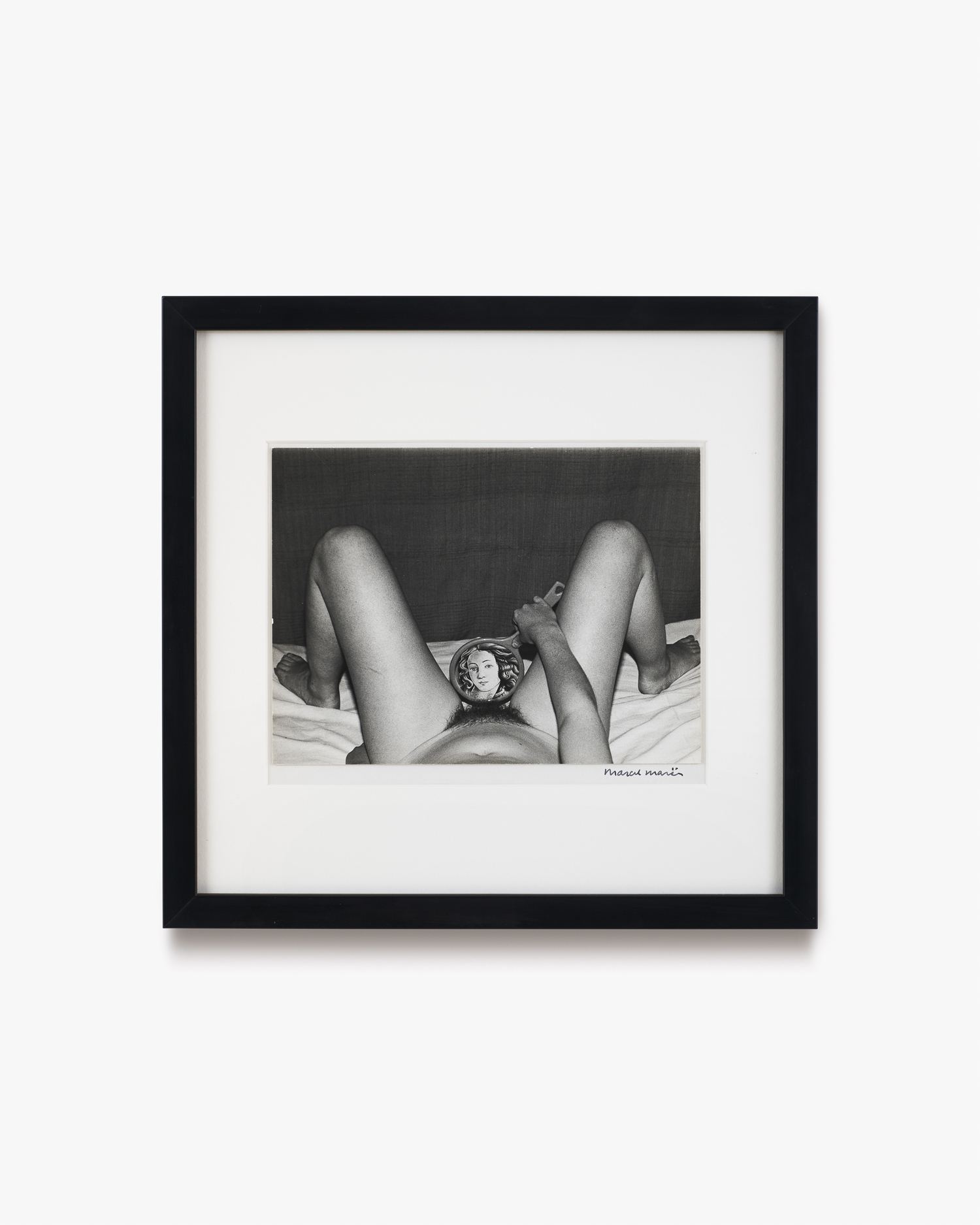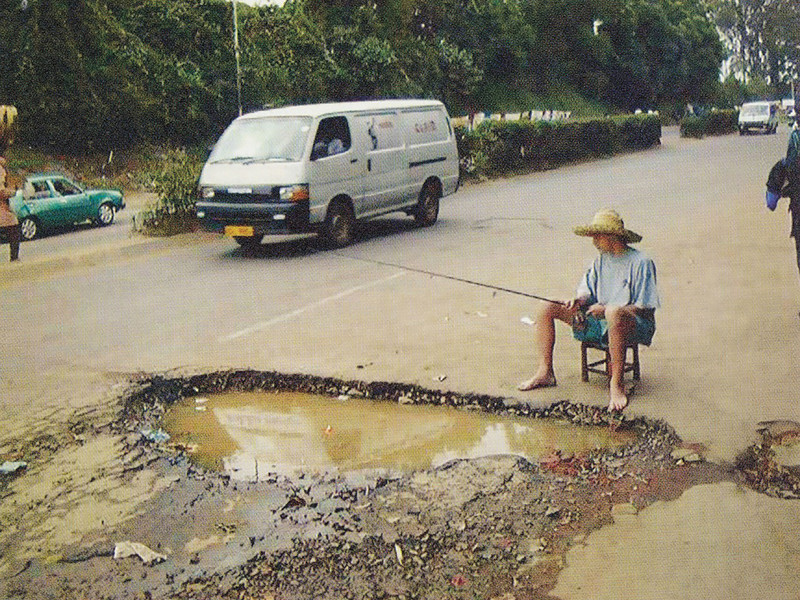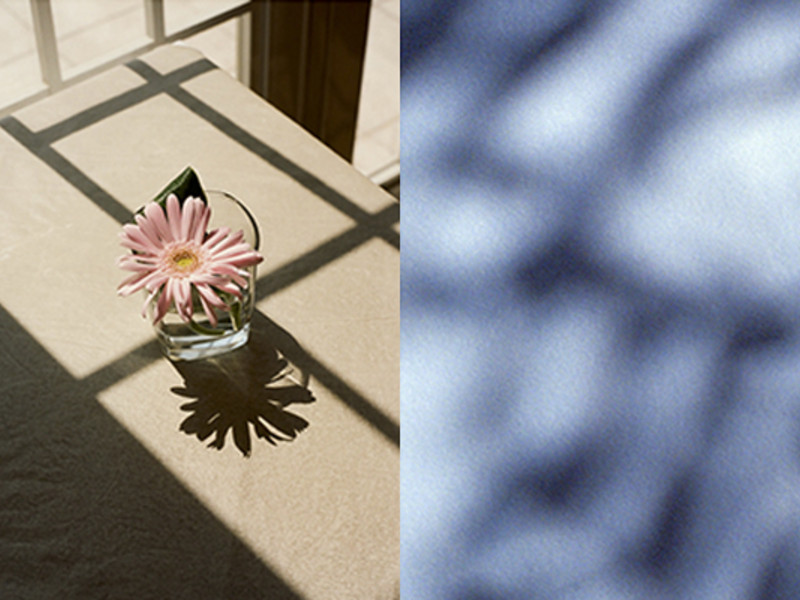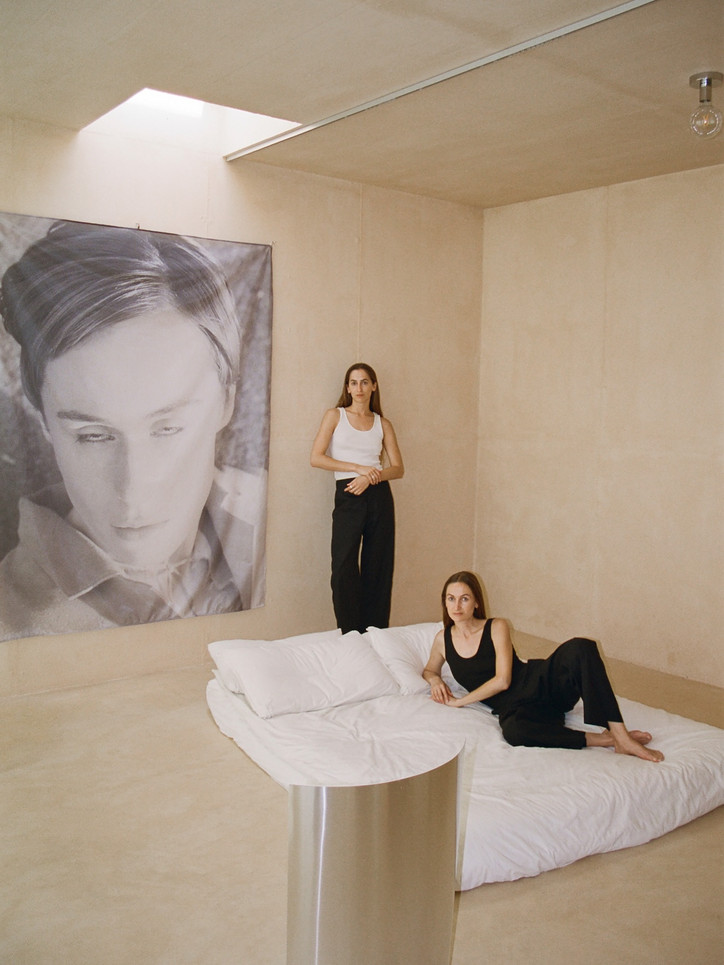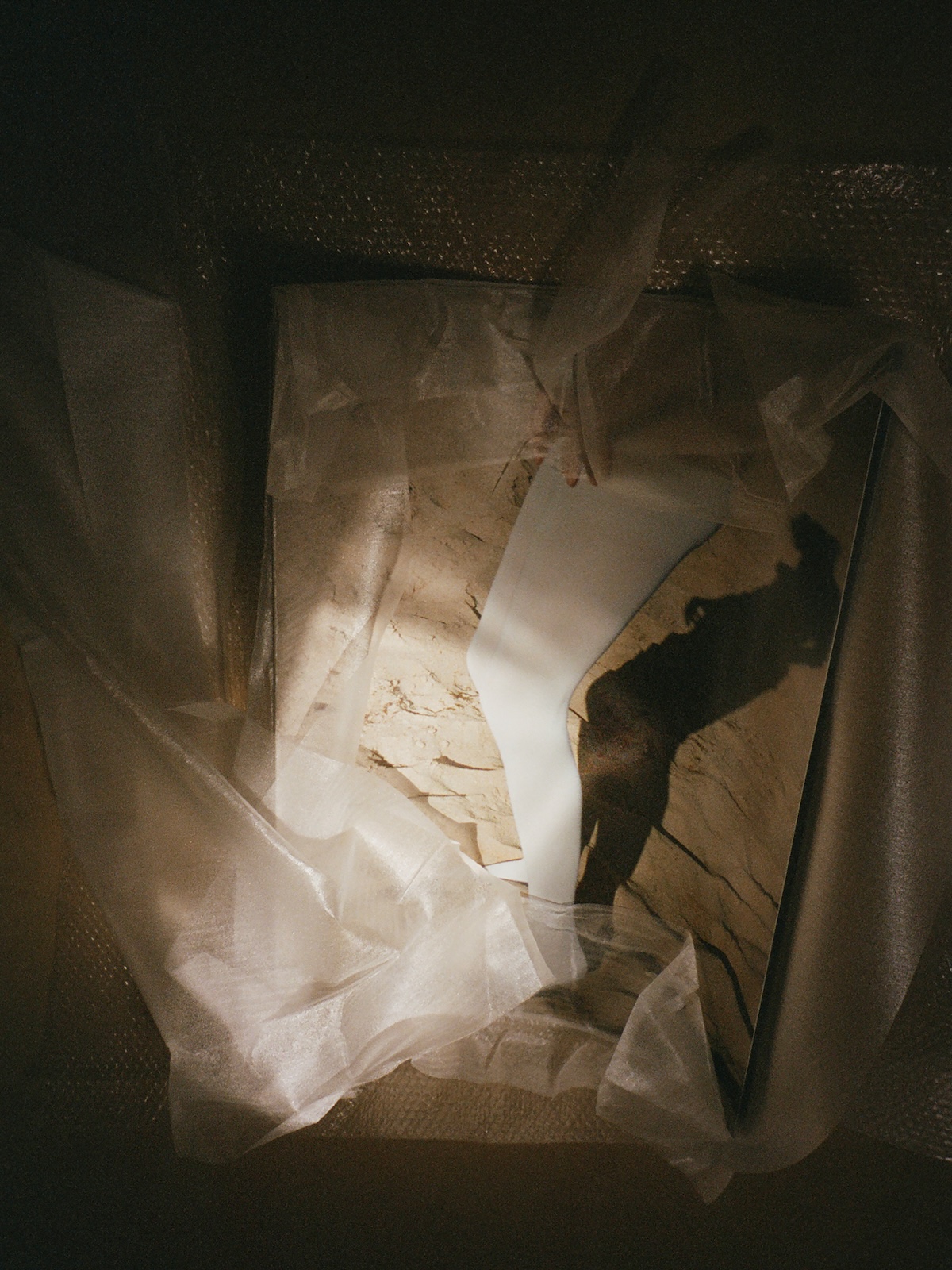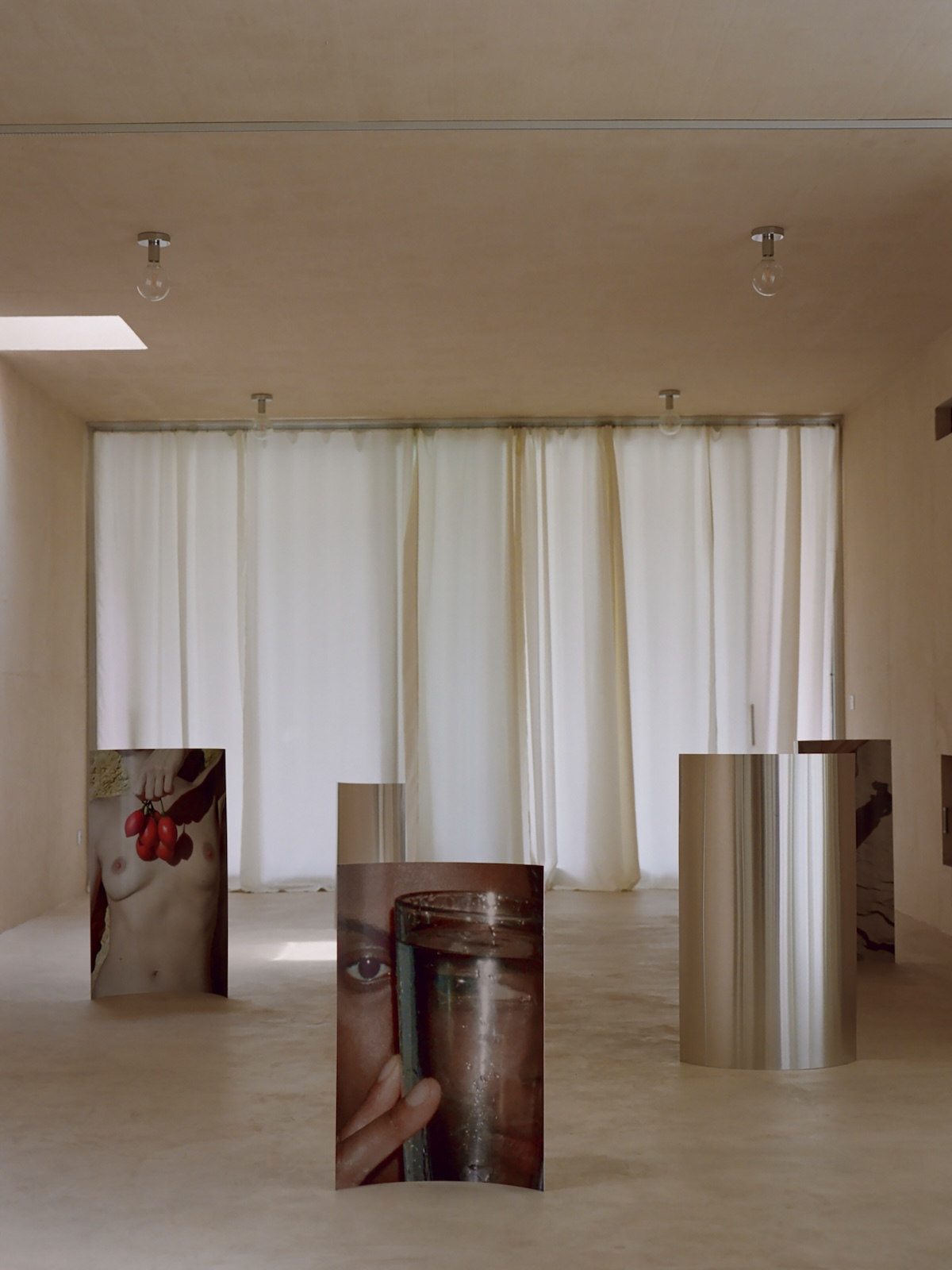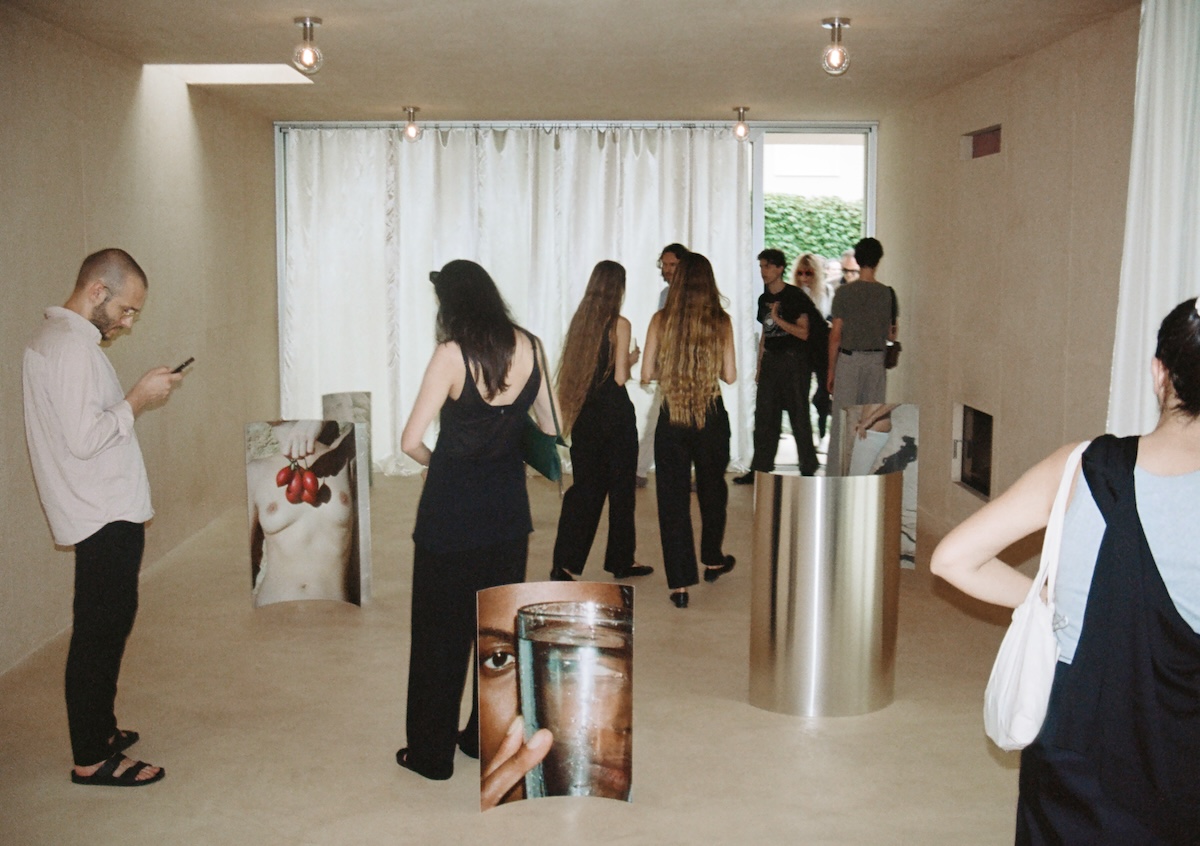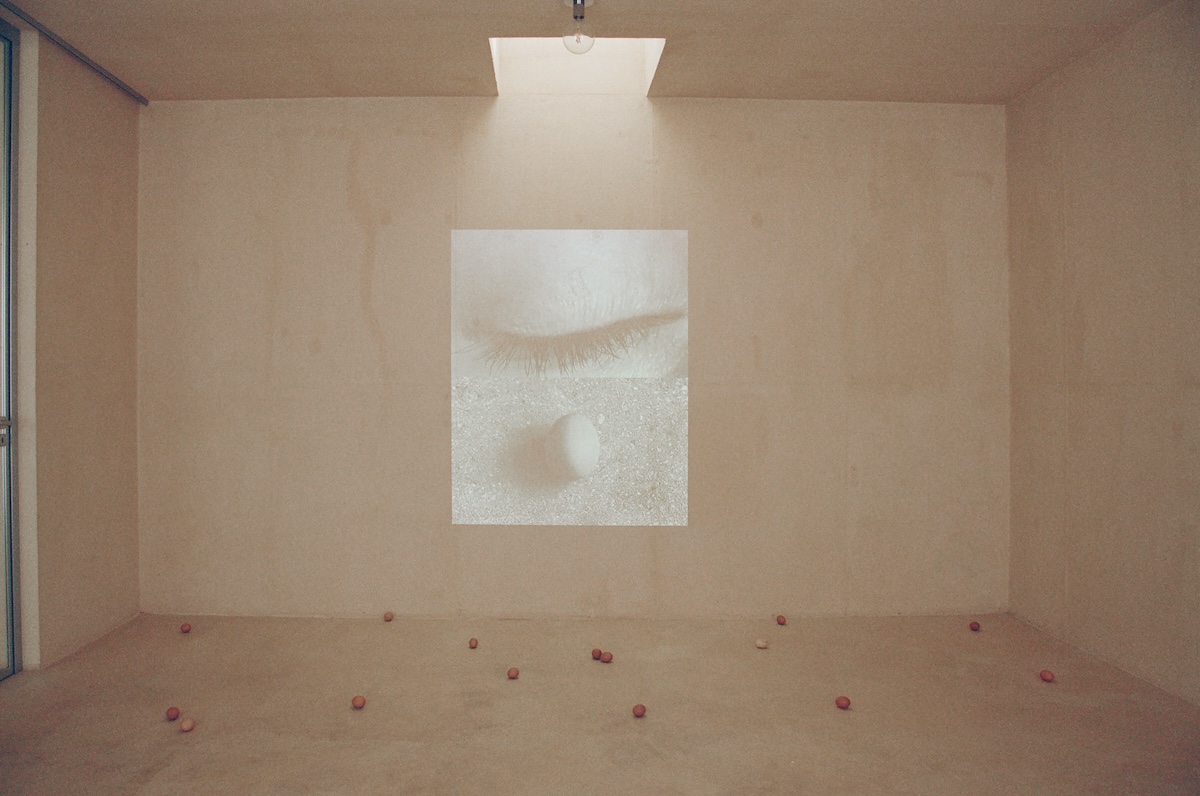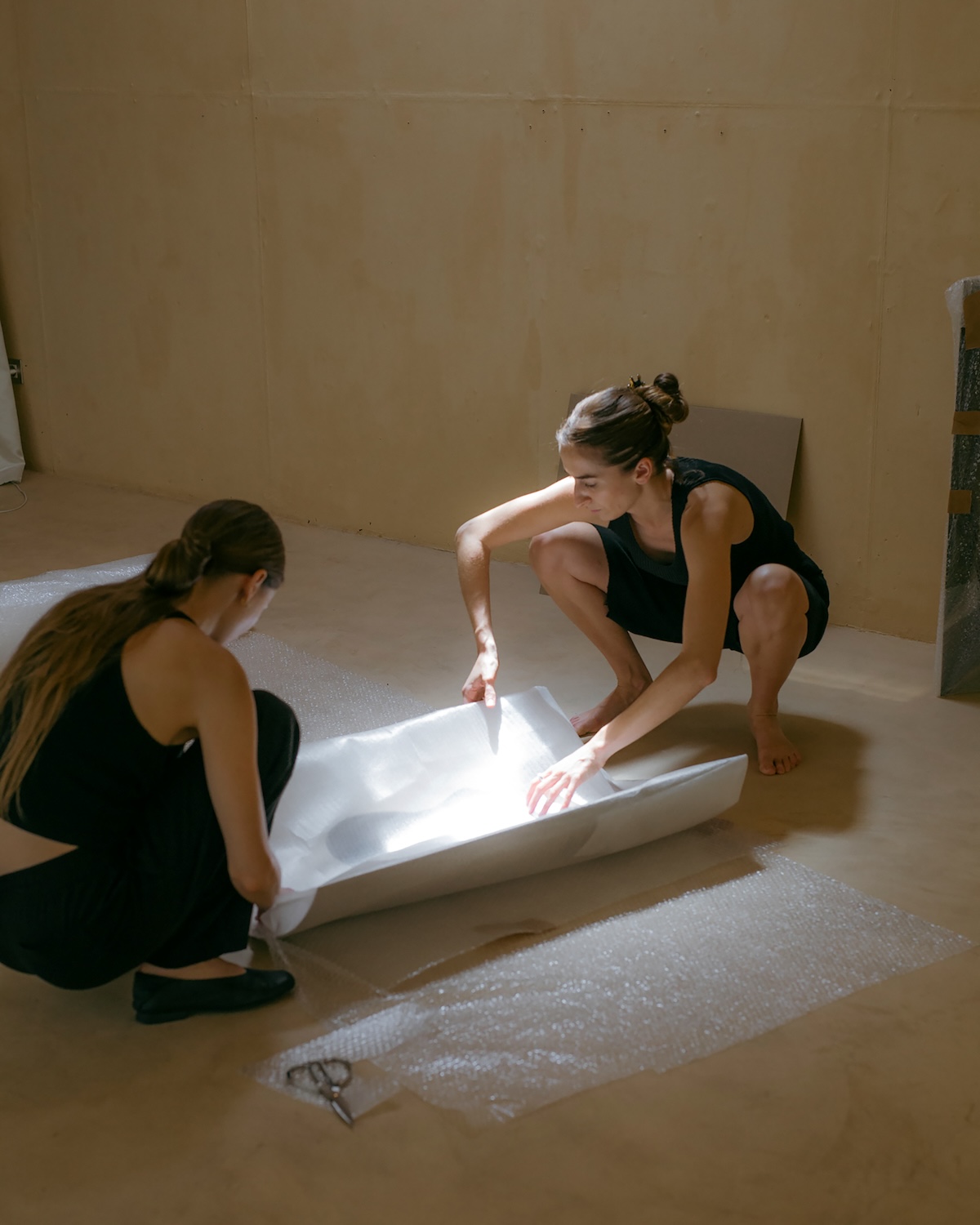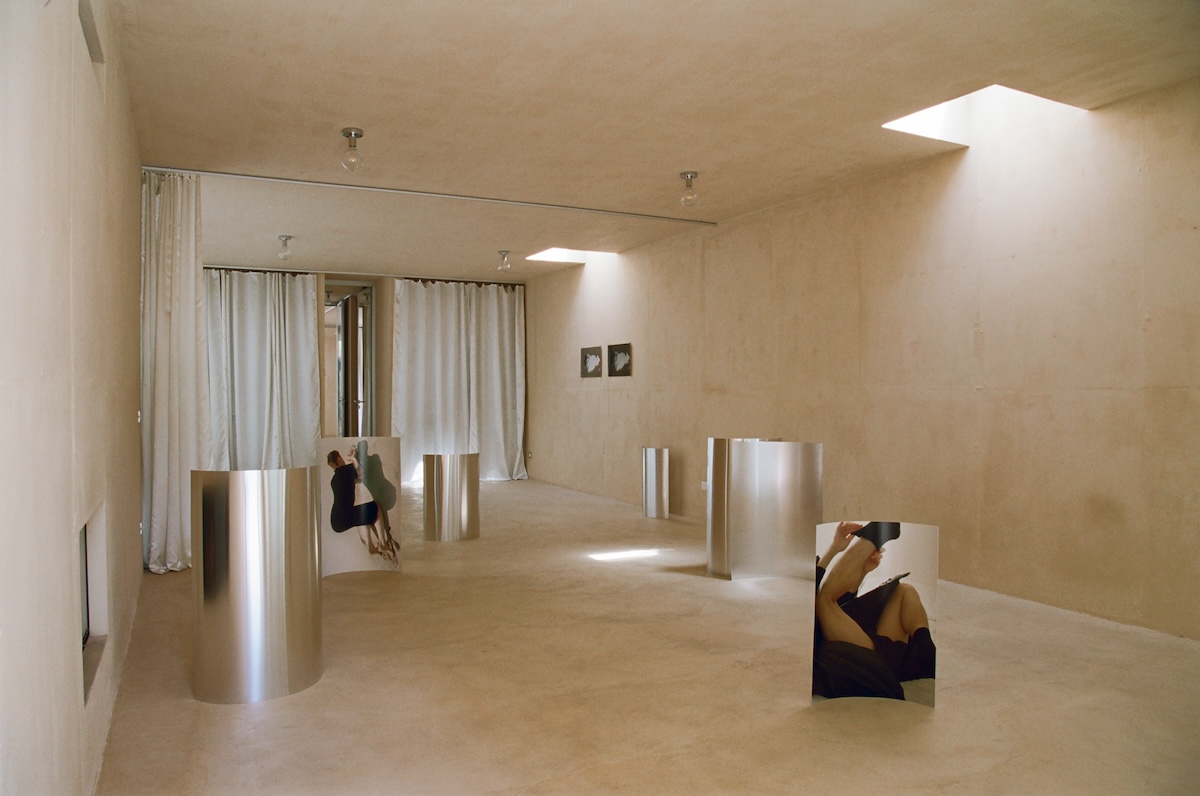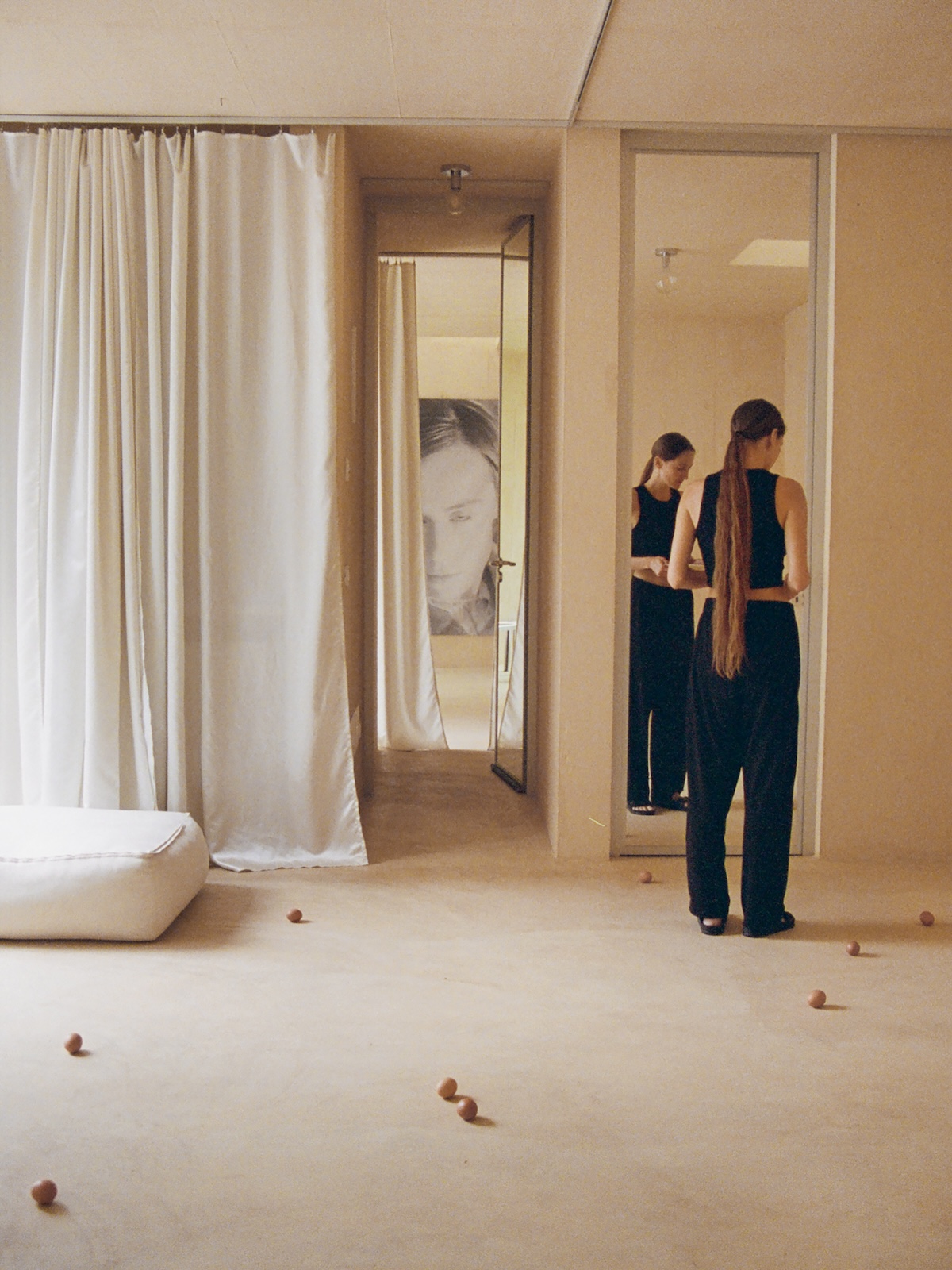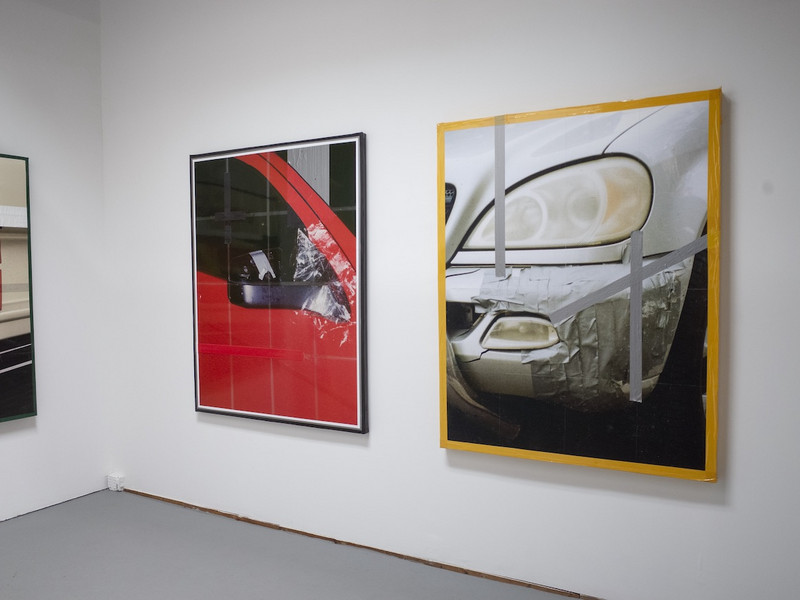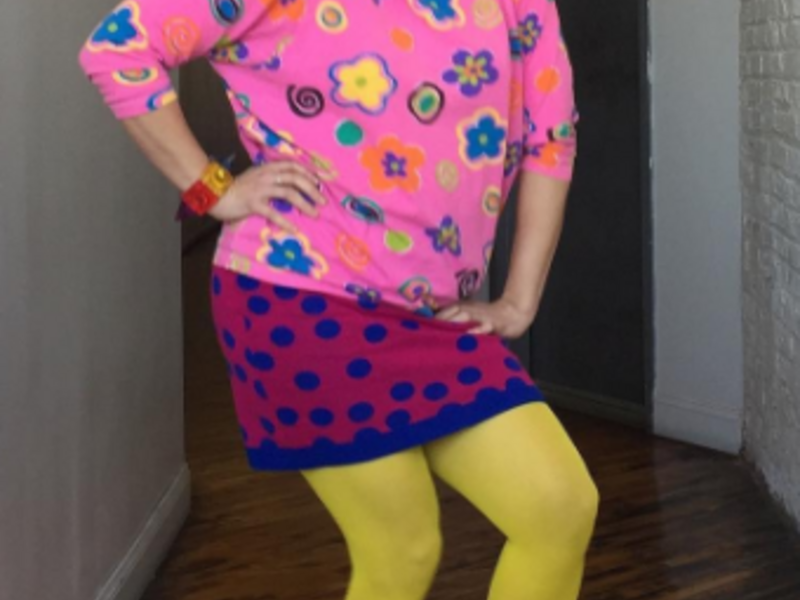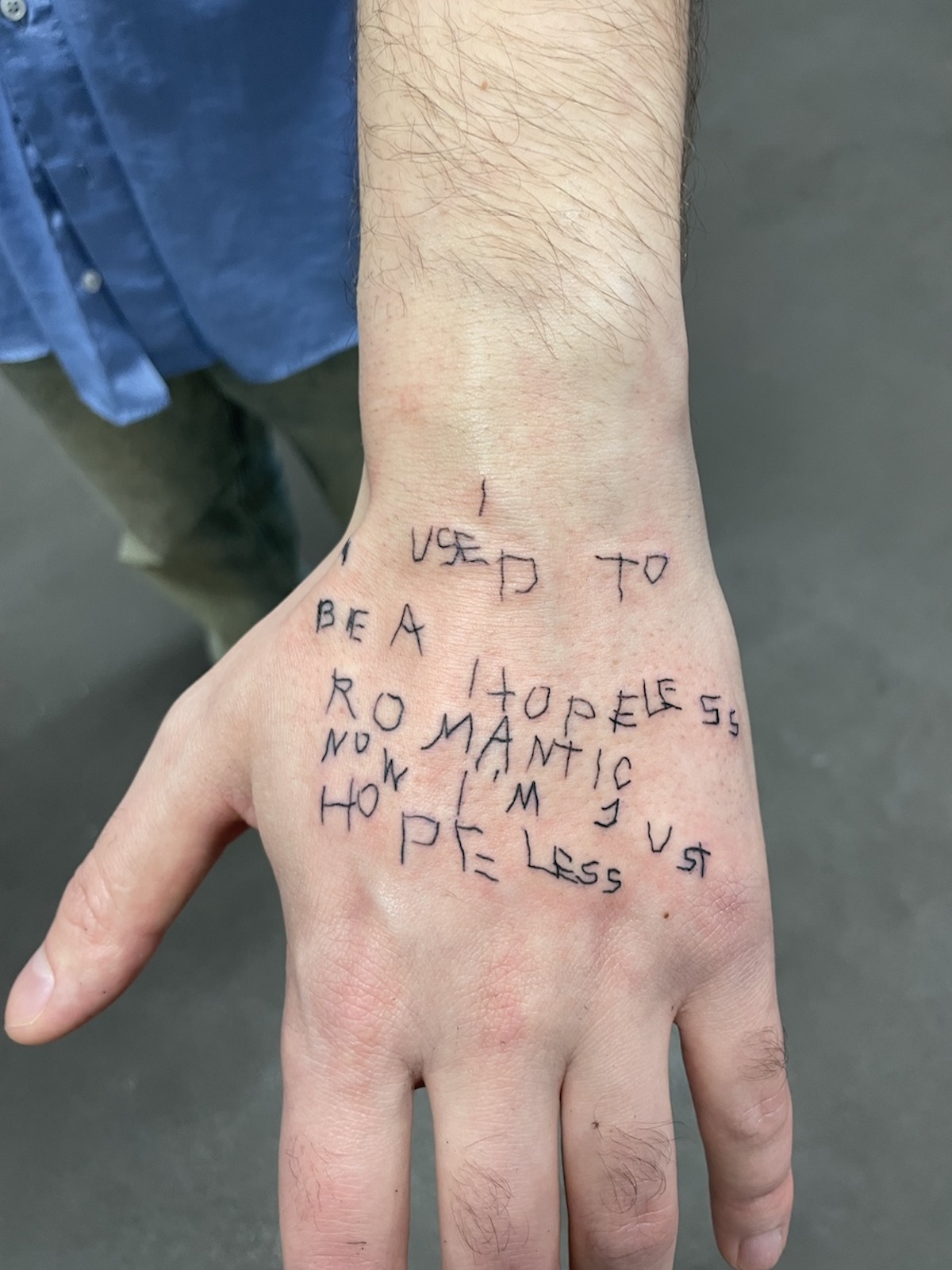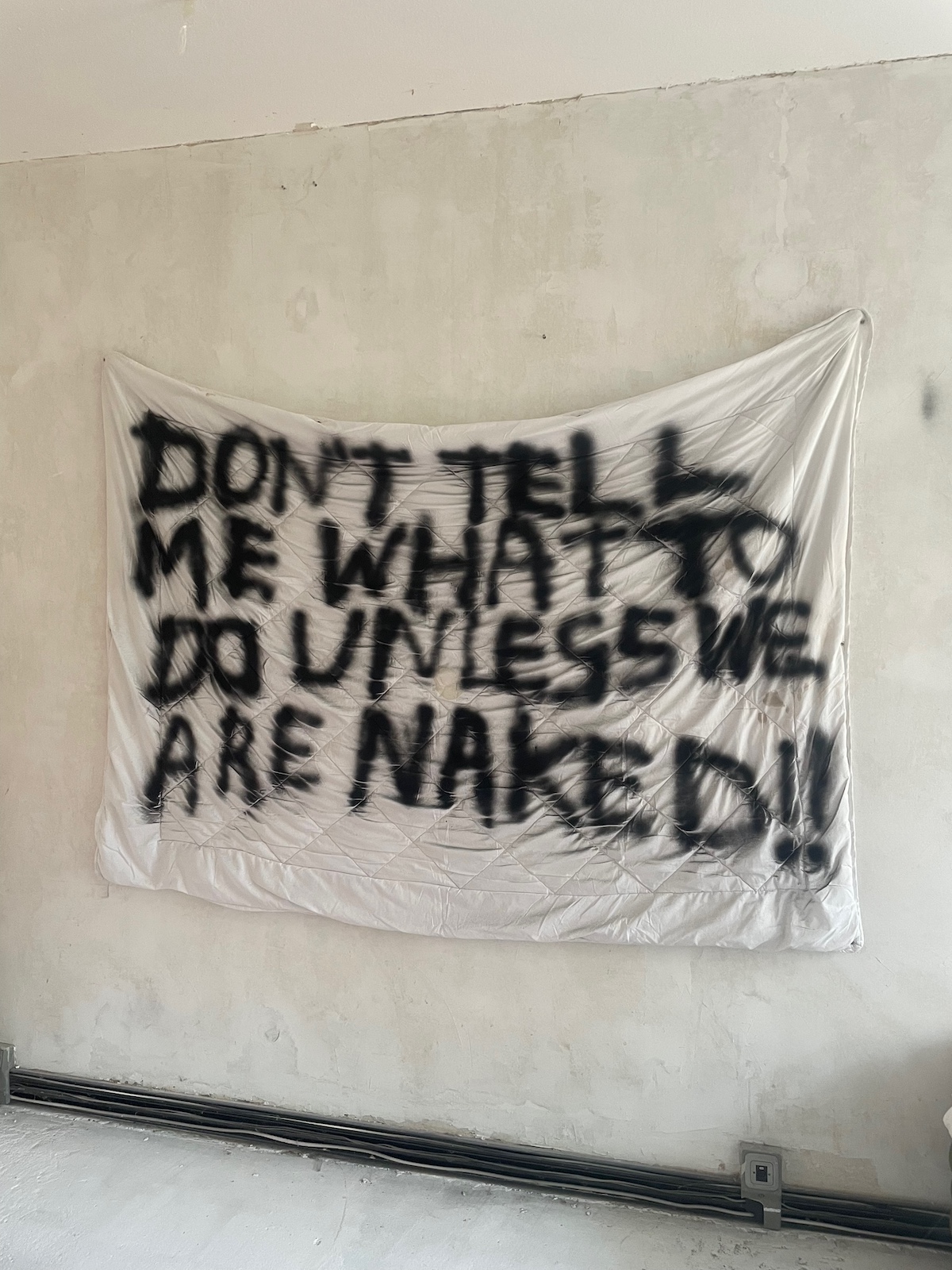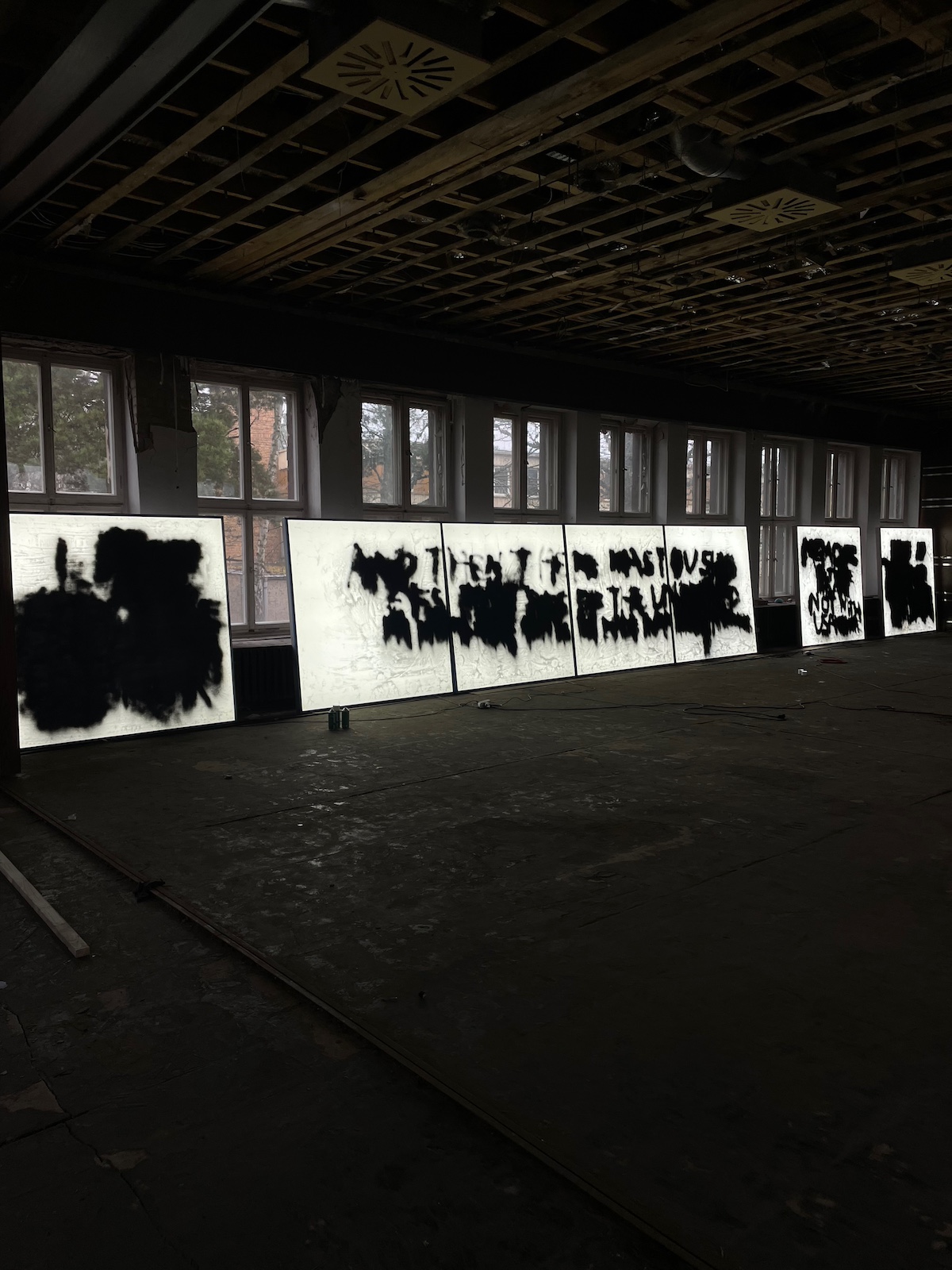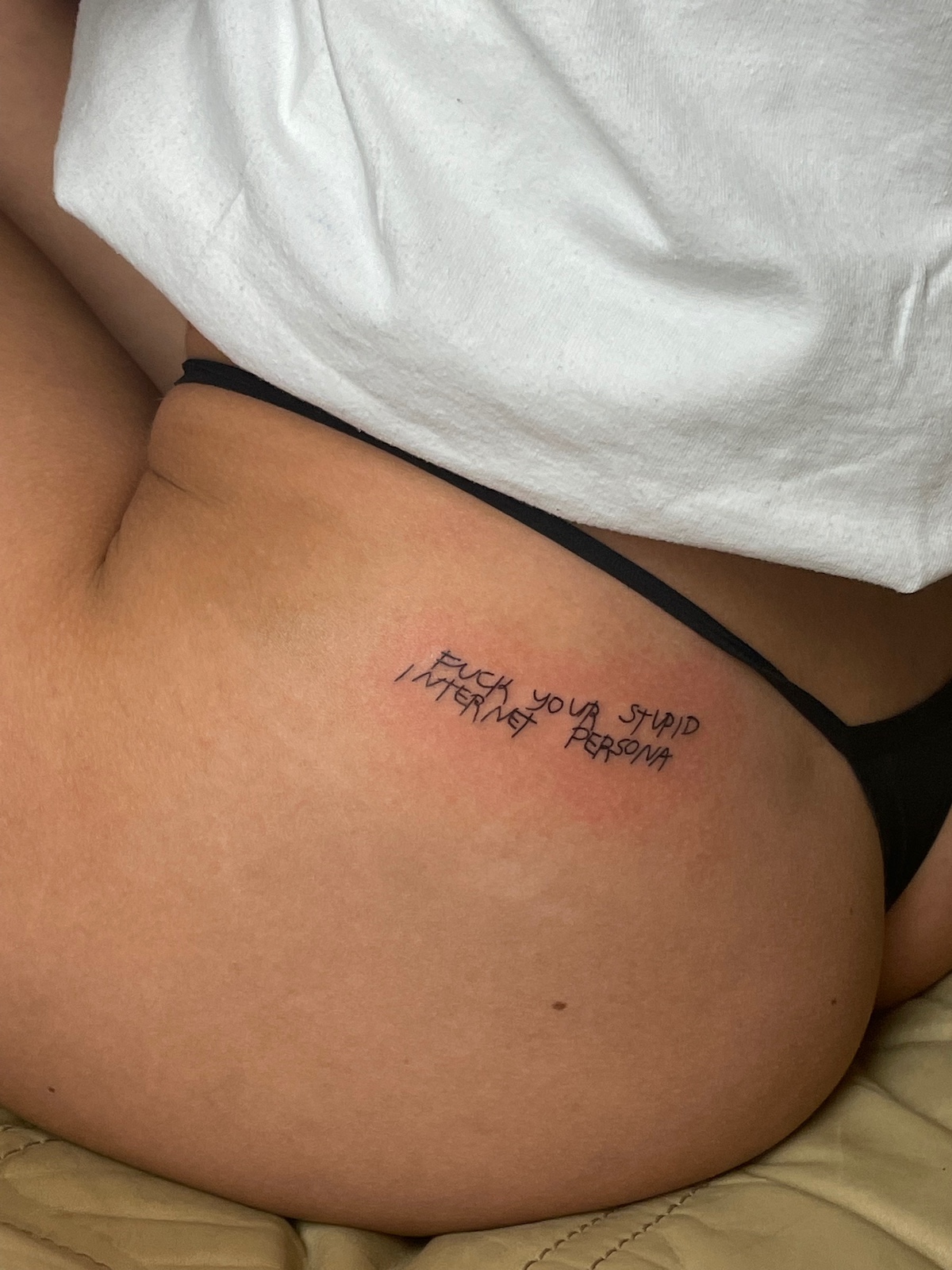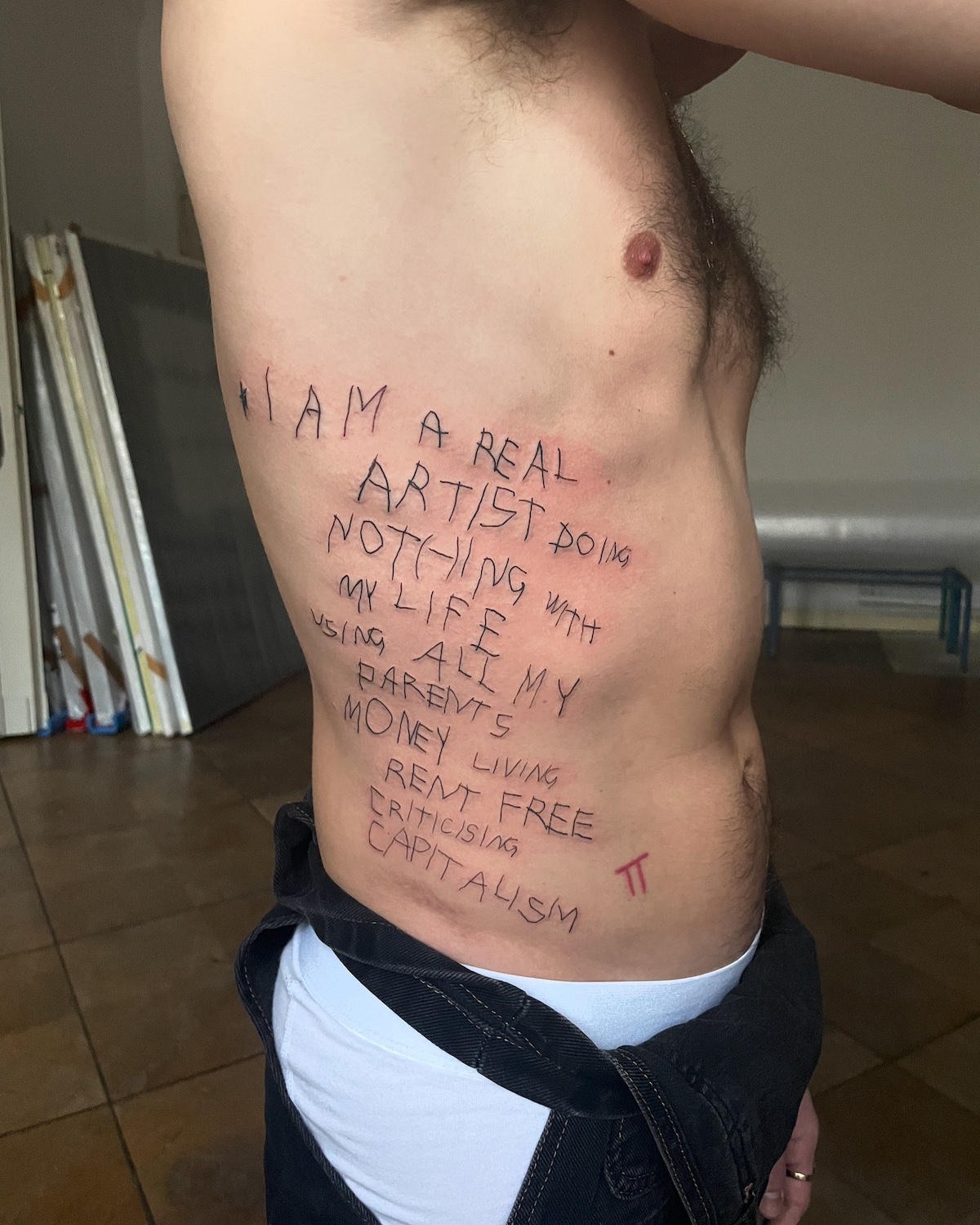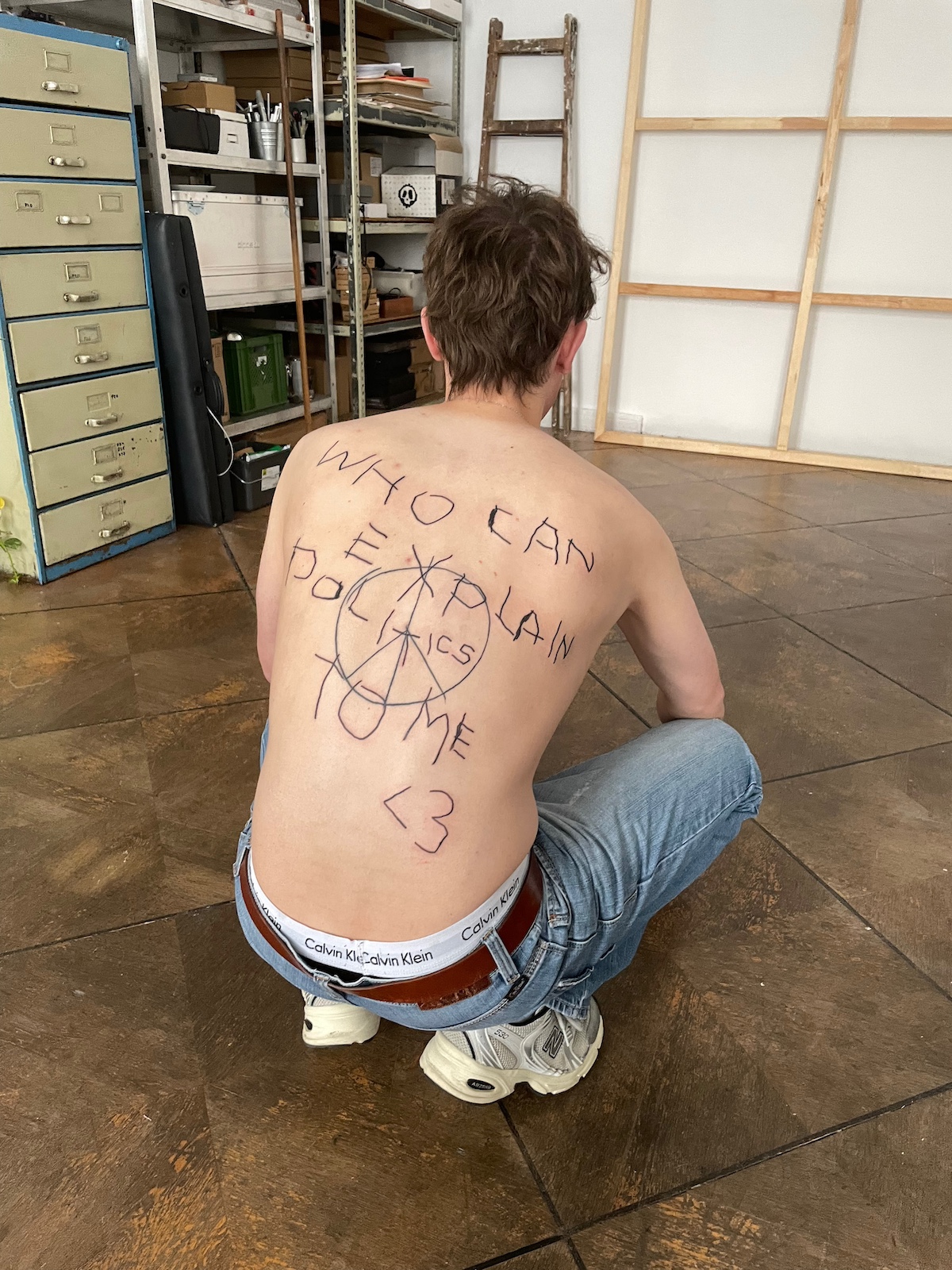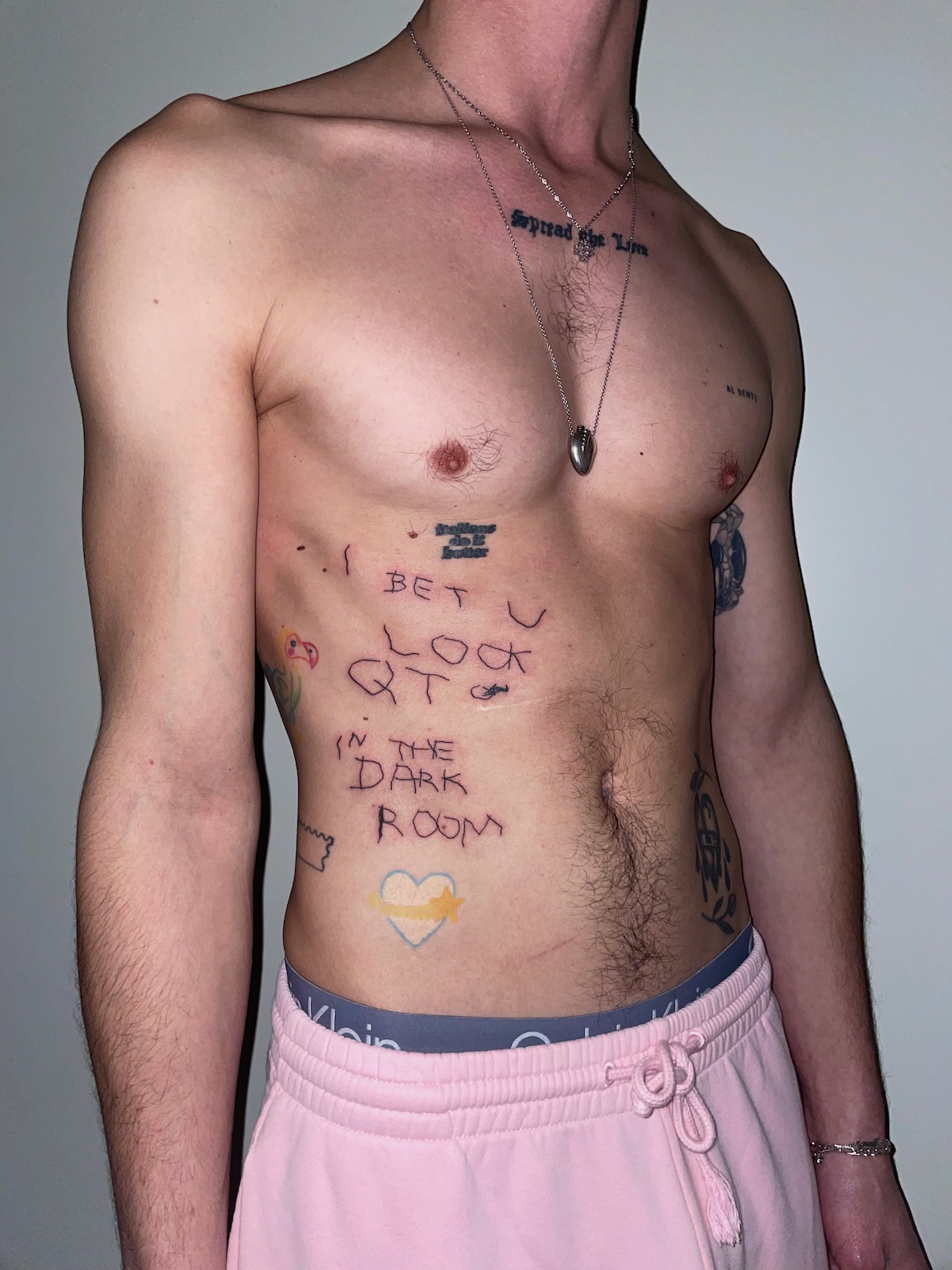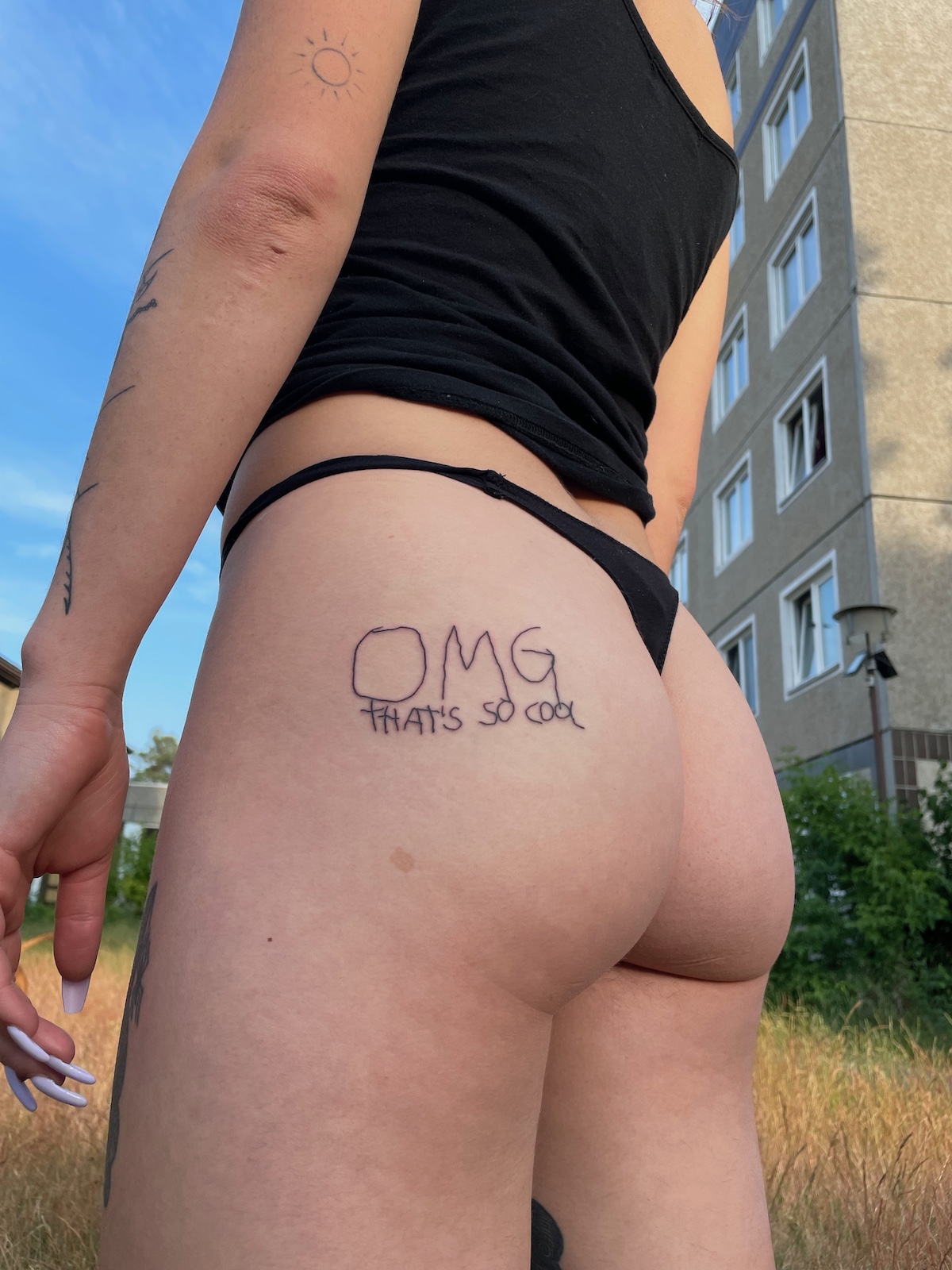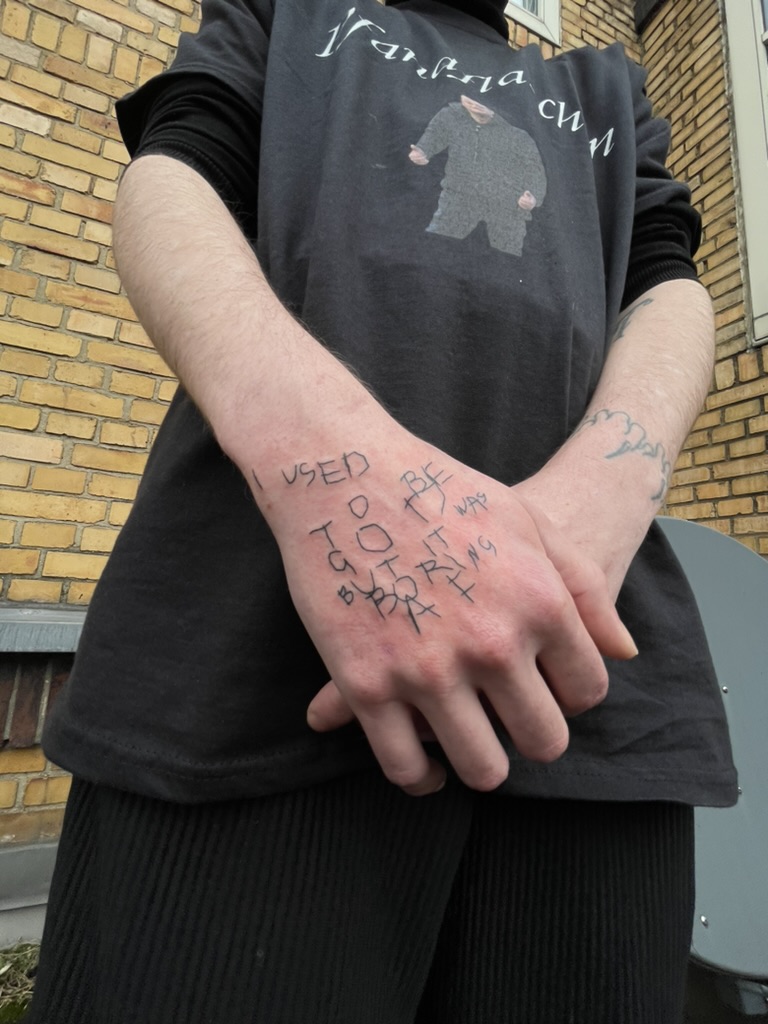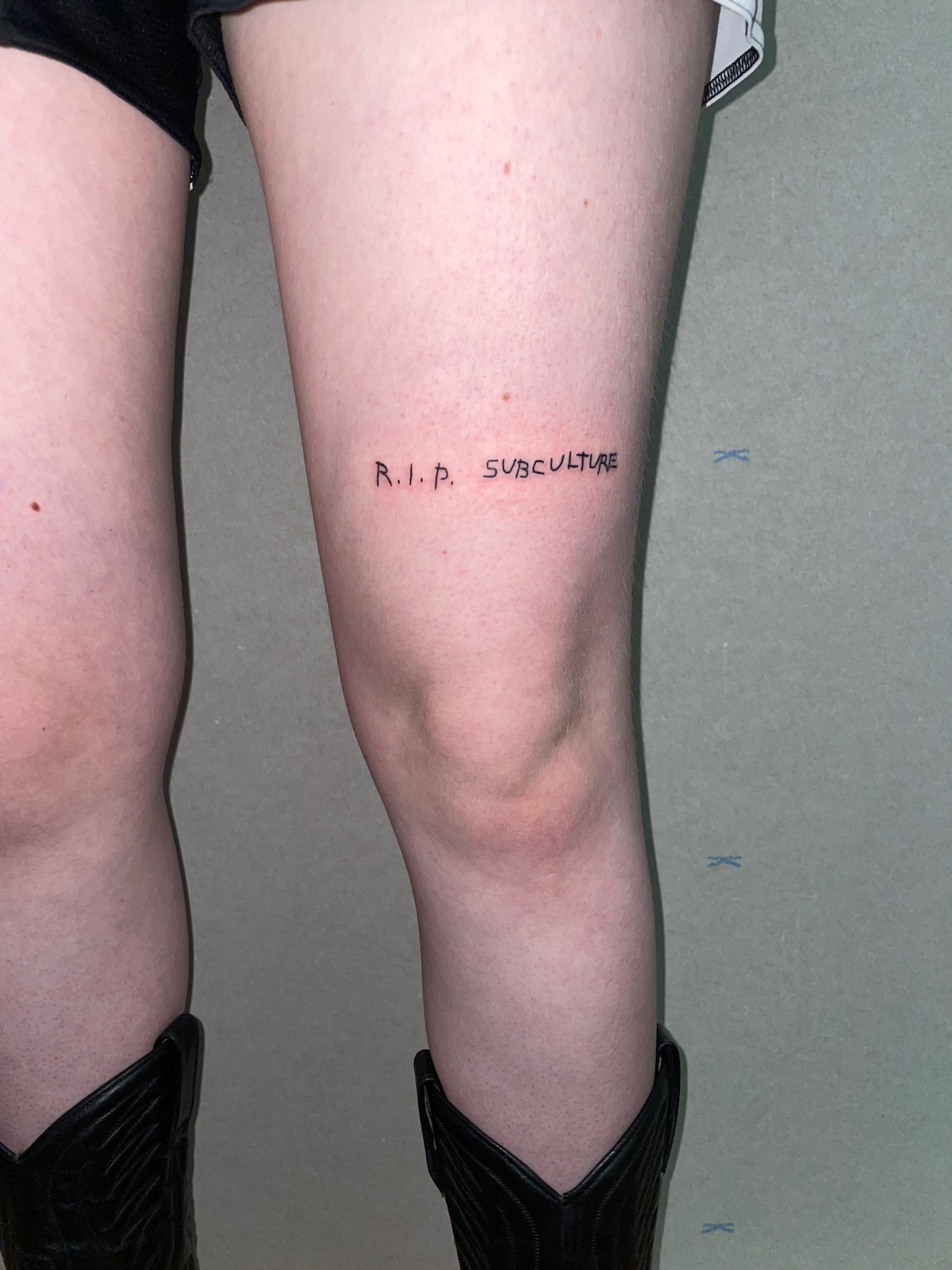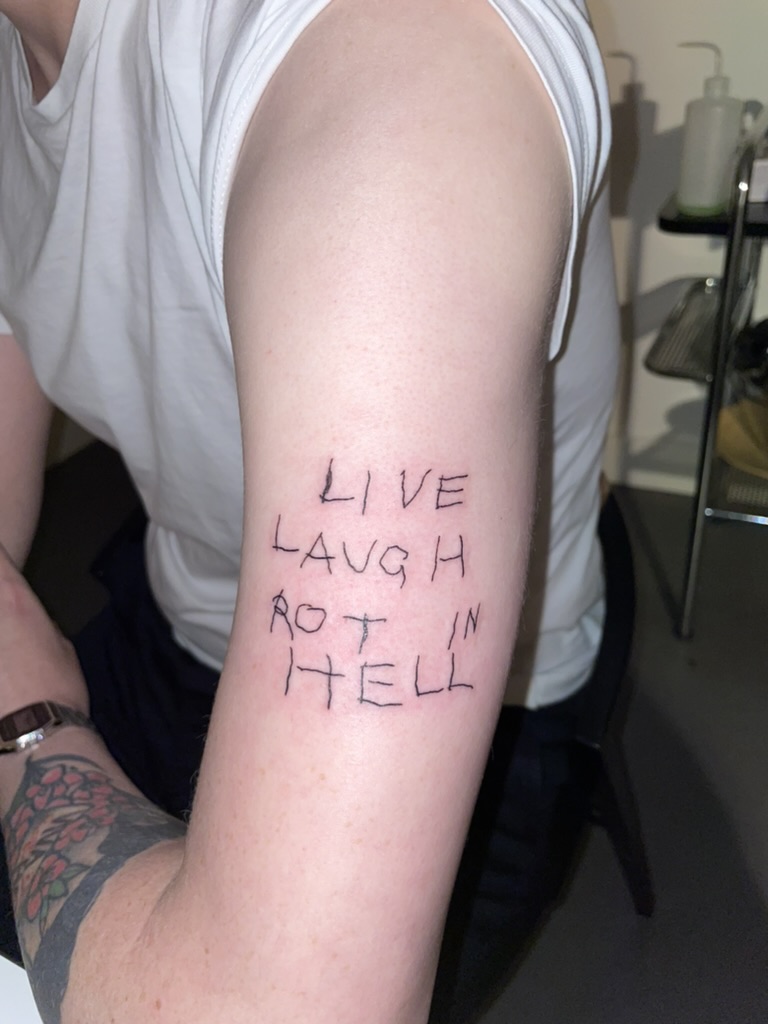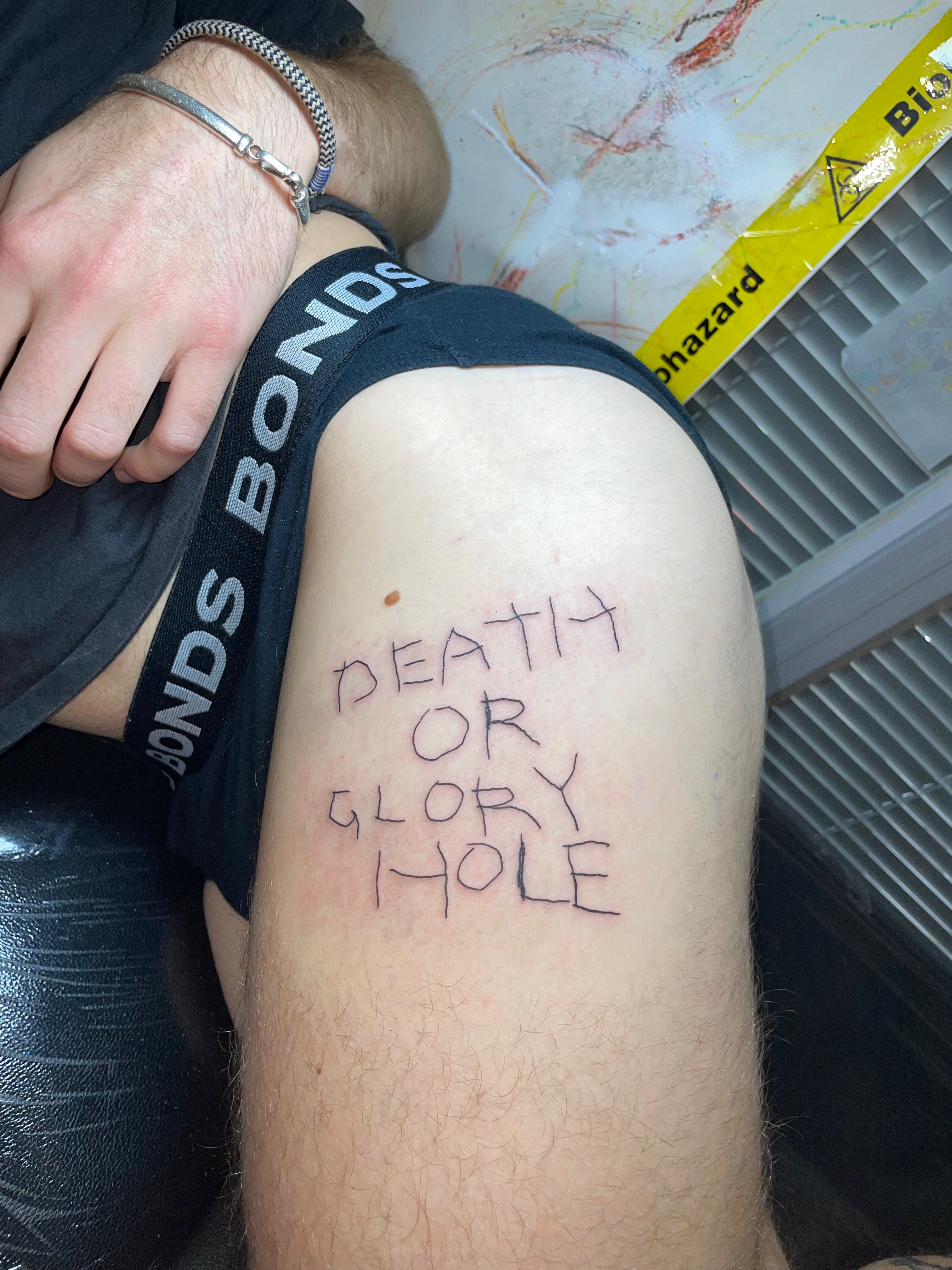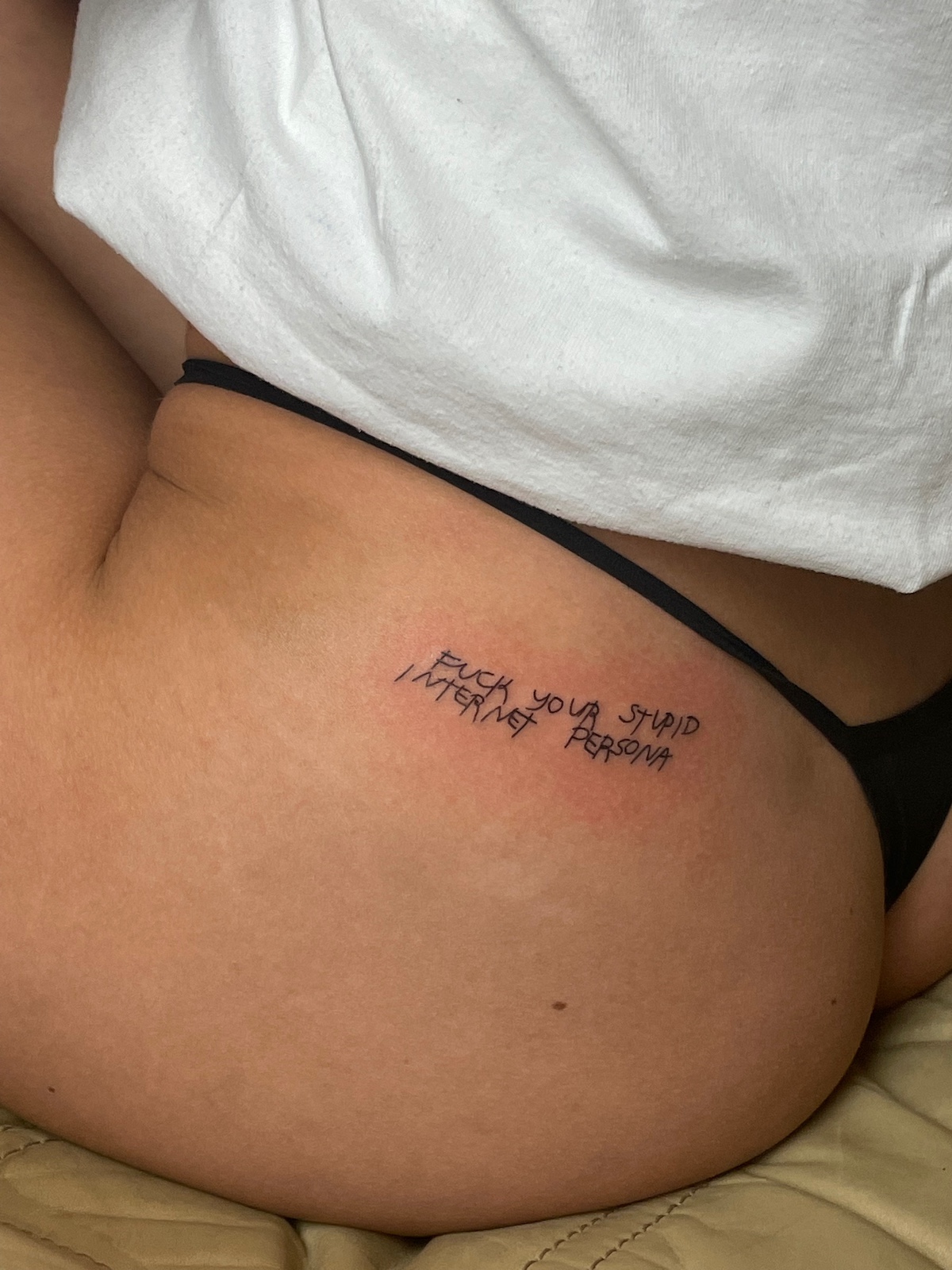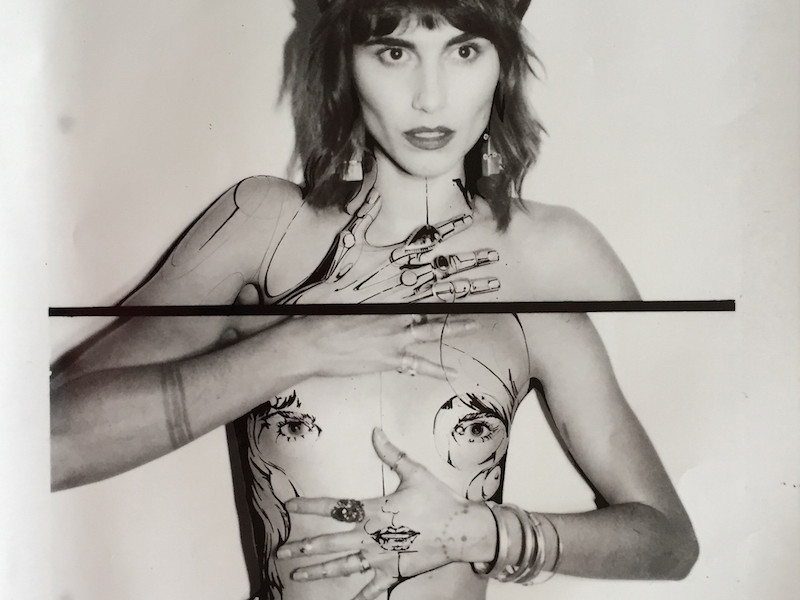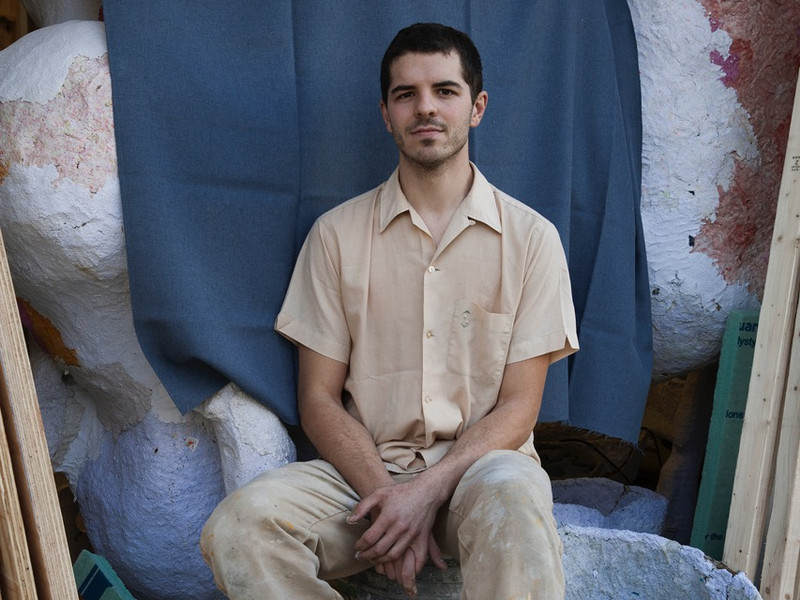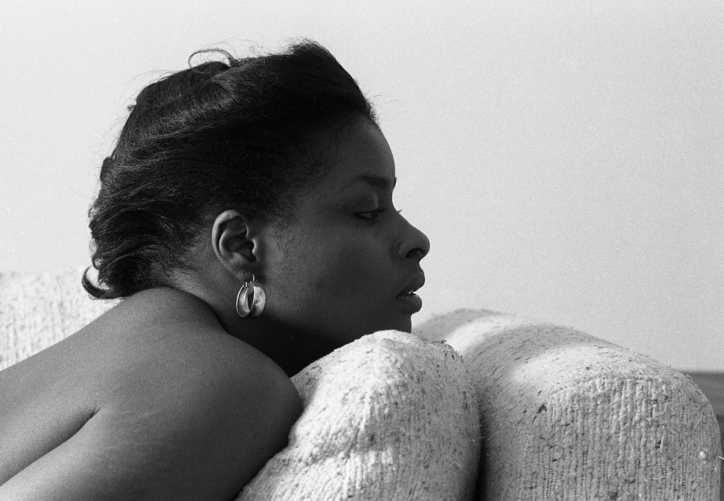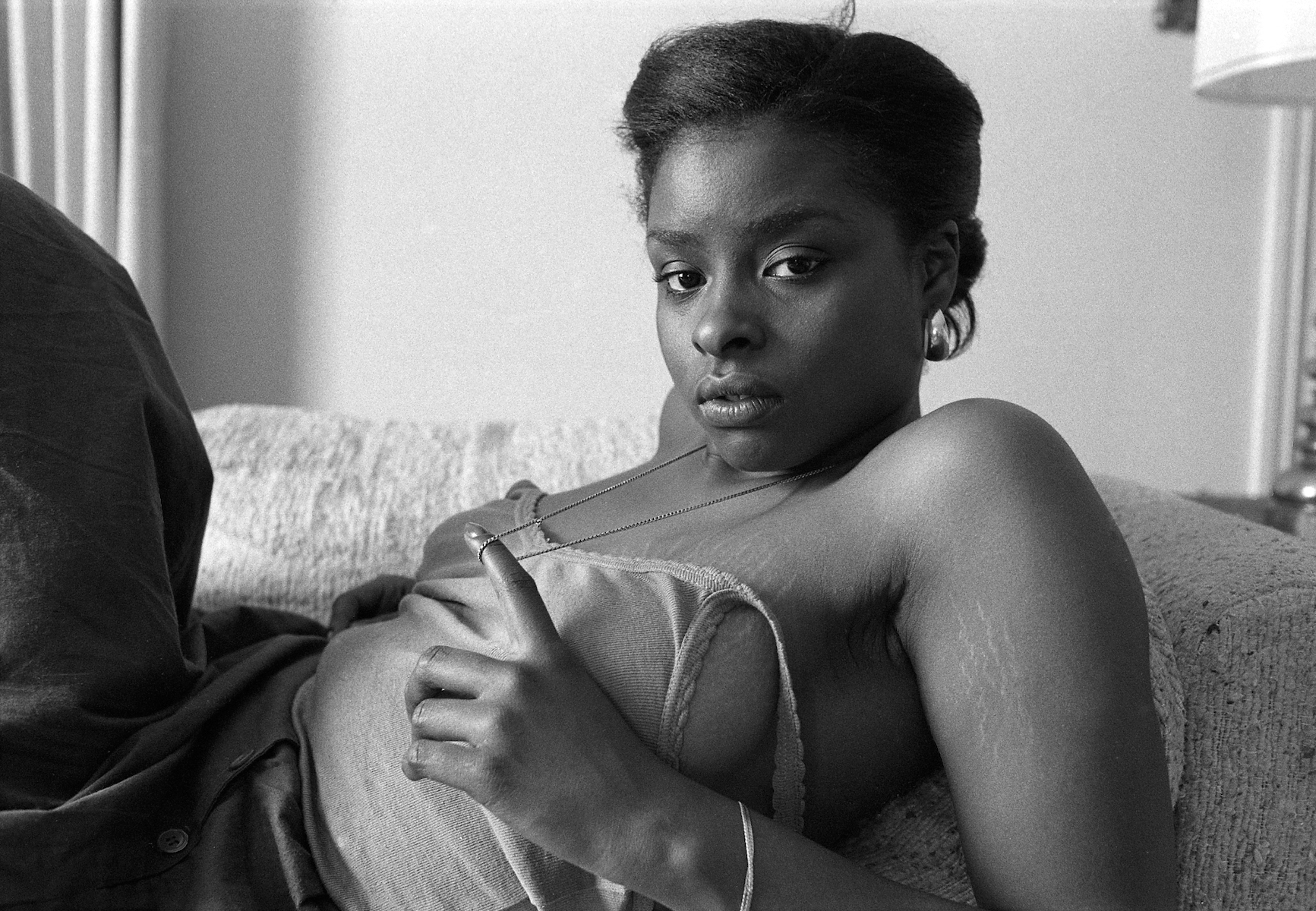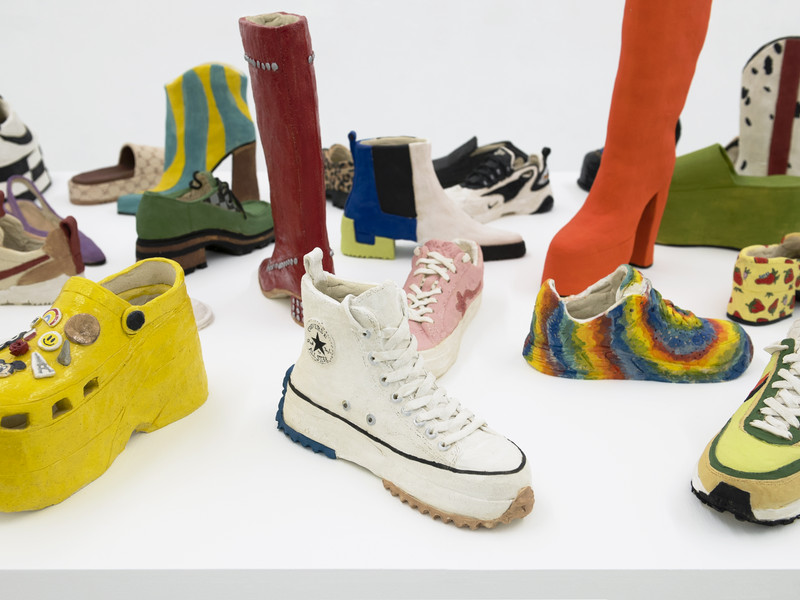From the Screen to the Gallery: Hannah Traore Brings "Don't Touch My Hair" to Life
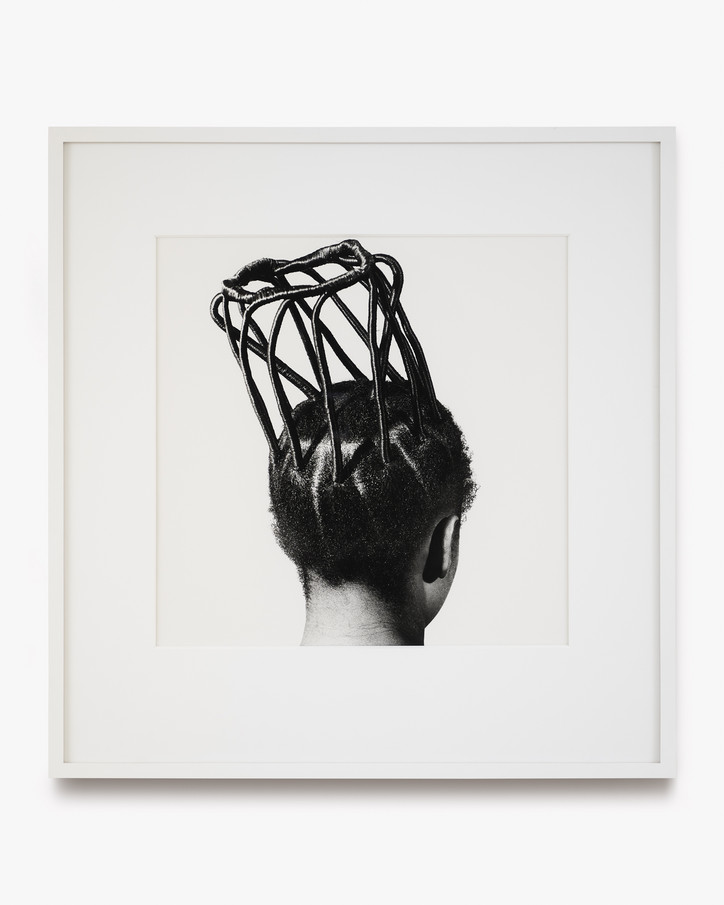
As Traore wrote, "...this show celebrates hair as a symbol of beauty, power and identity. That being said, the importance of hair is not exclusive to the Black community." Featuring artists like Camila Falquez, Hiba Schahbaz, Anya Paintsil, and Wangechi Mutu, the exhibition is a wide-ranging and diverse study of the personal, emotional, and cultural significance of hair across the human experience.
Traore and Huelskamp joined office to discuss the show, the role of digital engagement in the art world, and the curatorial page that started it all.
Brook Aster— Thank you both so much for making the time for this conversation. Jordan, I would love to hear about the first time that you encountered Hannah and her work.
Jordan Huelskamp— Hannah and I met through a mutual dear friend. My role as head of curatorial at Artsy is not only helping guide and curate experiences for people on Artsy —through personalization algorithms and curated moments for our audience —it’s also about tapping other tastemakers whose opinions and perspectives matter.
We launched this guest curation project in 2022, coming out of a time in which we were trying to engage our audience in interesting, digital-first ways. The art world was embracing these projects with a lot of gusto because we were in lockdown.
Hannah already has such a strong curatorial thesis for her gallery, and she was just the perfect person for this. It was so fun to work on this together.
Hannah, where were you in your career and in your life at the time that you were approached by Jordan to work together? And how did you come to a decision on the theme?
Hannah Traore— I was really excited about it because obviously Artsy is such an important platform. Before opening the gallery, it was a huge resource for me for research galleries and artists. It was such an honor to be on the platform in the first place, especially as such a new gallery.
I was just really excited and really honored that Jordan thought of me to do a project. I really thought long and hard about what I wanted the theme to be and ended up being really excited about the topic of hair. And if I'm not mistaken, Jordan, I think I'd actually given you three ideas and you liked hair the most.
JH— Yeah, that sounds right.
HT— I spent even more time than I thought I was going to, just because I got so excited and into it. Once you have issues with your hair — whether it’s aging, or a thyroid issue, or identity, or whatever it may be — you realize that everybody else also has these issues. Every time I would bring it up, it was like someone in the vicinity had a story or a personal connection.
Also, so many artists work with hair, but in such diverse and interesting ways. Some depict hair, some use hair as material, some use hair products or accessories, and then some use hair in ways that are so creative, I never could have thought it up myself.
When I first picked the idea, I hadn’t realized how broad the topic was in a really exciting and fun way. So I just got so into it, and then wrote a very personal essay about it as well. I was so proud of the outcome that I thought, “one day this has to become an actual physical exhibition."
JH— Hair is such a potent symbol as a curatorial theme. It is one of those elemental, human artistic motifs that we all use. Not very many people in the world consider themselves a true professional working artist, but I think everybody engages in art-making with their own body; be it their hair, how they choose to groom themselves, or body modification in general. We all are making these artistic and creative choices about how we want to show up in the world. And everybody has that experience at some point in their lives with hair.
HT— In the essay, I talk about the title “Don't Touch My Hair” and how the song of the same title is such an important anthem in Black Culture. As I did more research and also just talked to more people, I realized every single culture has some kind of spiritual, traditional, emotional, or political significance attached to hair. Individually, every single person has had an experience with their hair. Cutting your hair, shaving your arm pit…. It's all a choice, right? Even choosing to not do anything with your hair or to not shave your legs is a choice.
These decisions are decisions that we all make, whether they're subconscious or intentional. Hair really does absolutely bind us together.
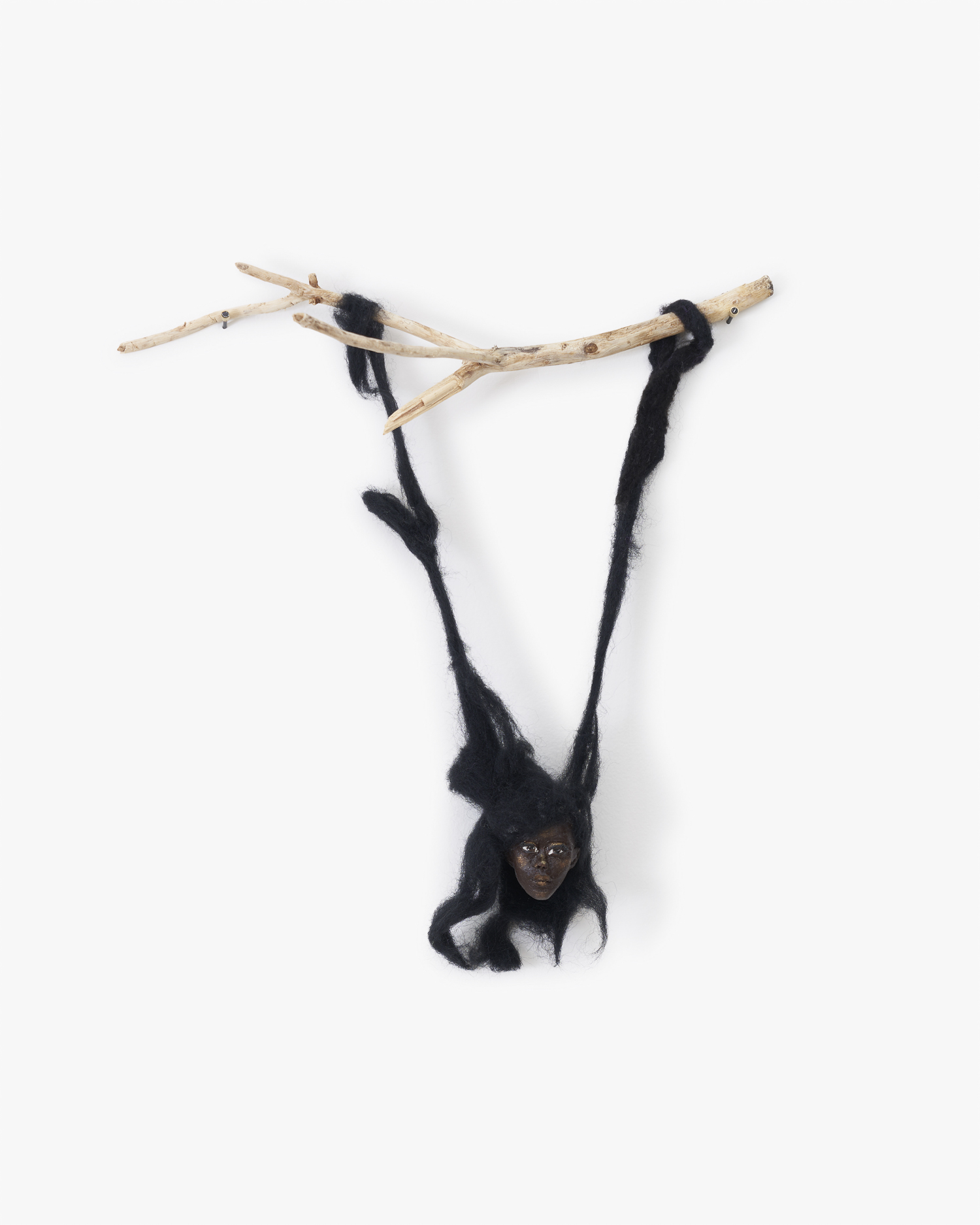
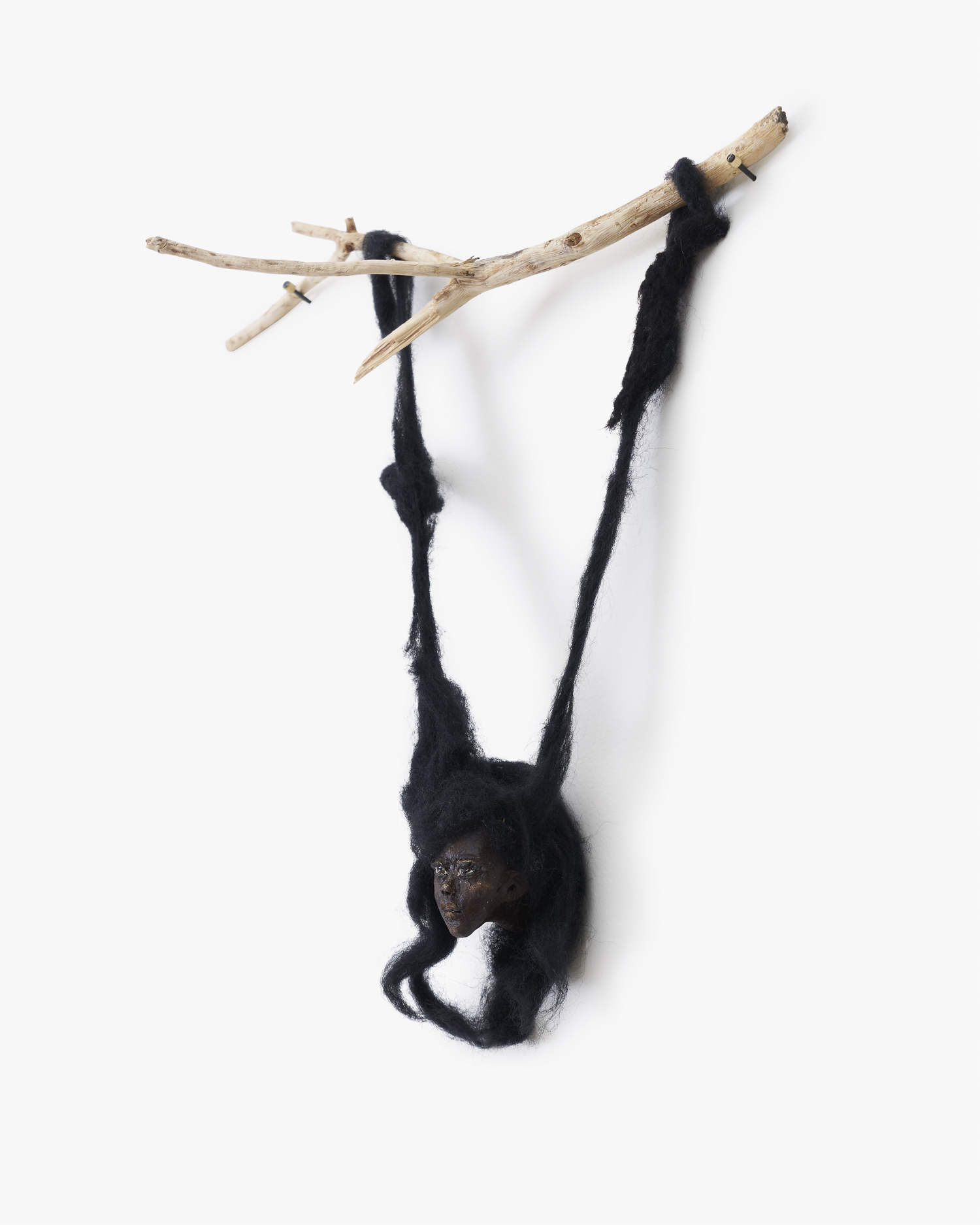
Hanging on by A Hair, by Laetitia Adam-Rabel
Did you approach artists that were not a part of the original curator page for the exhibition?
HT— Yeah, quite a few actually. My gallery manager, Destiny Gray, who I couldn’t have done the show without, and I did a ton of research on artists. I also reached out to almost every single gallery on Artsy to see if they would be interested in consigning their work from the collection. Quite a few galleries did actually, which was really kind of them.
I would say maybe half the artists weren’t in the Artsy collection. It was an aesthetic choice, but it was also based on diversity of materials, diversity of cultures, and diversity of engagement with the topic. I was lucky that there were actually just so many options. And since opening the show we’ve found so many other artists that could have been included. There wouldn't have been space [to add more works], but we thought, “maybe we need to do a part two in a couple of years."
JH— It’s recurring; with these new experiences and some of the experiences that you shared, you will probably find more experiences to relate to, and then you'll discover more artists that speak to that, and then hopefully bring them into a future show. I hope we get another one of these.
Hannah, your gallery opened after the onset of the pandemic, in this era where people are so often encountering things online that they are then going to do later in person. How are you thinking about digital engagement in the art world? How does that inform the decisions that you're making as far as curating an online space?
HT— To me, the great thing about online platforms is that they have made art much more accessible. Obviously not everyone can come to see a show in person. But also, not everyone feels comfortable going to a gallery. One of the reasons why I opened a gallery is to try to make it as comfortable for everyone, especially people who look like me, but the reality is, for a lot of spaces, people don't feel comfortable going inside. It's very opaque, it feels like it's for a certain type of person. Having a platform like Artsy is super important for many reasons, and that is a huge one of them. I don’t fear digital life taking over because there's absolutely no way that the feeling of experiencing art in person could ever be replicated online. It's not a replacement and I don't think it ever will be, but it is an amazing way to reach a larger and more diverse audience.
JH— Yeah, an interesting thing about the art world is that most people do not encounter physical art galleries often, because they are not living in a city where that's normal. I grew up in Fresno, California. We had no art galleries, barely had a museum. It wasn’t until college that I really started to encounter the art world as the massive industry I recognize it as today.
Artsy can be that connector for people who don't have easy access to galleries in their city or in their neighborhood. When you look at the median distance of an Artsy purchase, there are thousands of miles between buyer and seller. Often, they're in different countries, so we are facilitating sales that probably wouldn’t have happened otherwise. Before Artsy, before the art world was online, you had hyper-local, regional gallery programs in markets that were strong, and you might only discover new programs and galleries if you went to an art fair — if you're lucky enough to be able to do that.
We are nothing without our gallery partners. We are in a symbiotic relationship. Everything we do is in the service of driving more interest from global collectors to our gallery partners.
Jordan, have you had a chance to see the show? I’m curious how this stands out from other projects you’ve worked on. Is this the first time a show has taken shape in real life that started as a guest-curated page?
JH— Well, I won't take any responsibility for the curation of the original page. That was all Hannah. My role there was just as a collaborator, to help bring this to life on Artsy, and to make sure as many people as possible saw it from our user base and to blast it as wide as we could.
I have had a chance to see it in person, and, I mean, the show is absolutely fantastic. When you see works that you've only seen online, there is this element of surprise, always. The scale can surprise you, the materiality can surprise you, the texture — the way things show up in person are just different from the way they show up online. And it was one of those full circle moments. I've engaged with the art world primarily from a digital-first perspective for my entire career, so whenever we're able to bring things into physical spaces, those are the projects that are beyond exciting.
At Artsy, we think really hard about how we can make people become a first time art collector. One of the things that we see over and over again in our conversations with new collectors is that oftentimes at the beginning, they don't really know where to start. They don't trust their own taste and perspectives. But what everybody can do is relate to a person or an experience, or trust a taste maker who they think is amazing. So that's why I think it's so important to bring in as many people like Hannah as we can to share their personal experiences through art and inspire others. I've never had a guest curated collection like this then turn into something physical. So yes, this is the first time something like that has happened.
HT— I also do want to give you more credit than you're giving yourself, because the show wouldn't have happened without you. And the way I remember it is that there were three options, and you were excited about the hair option. So, thank you for that.
JH— Of course. This was special. I love any time we can really curate from the heart.
Don't Touch My Hair will be on view at Hannah Traore Gallery until July 27, 2024.

